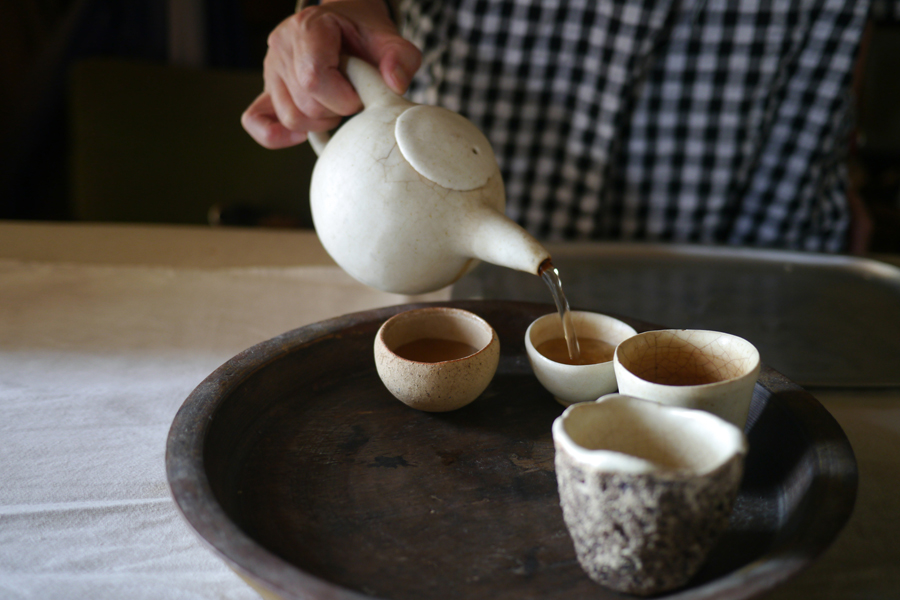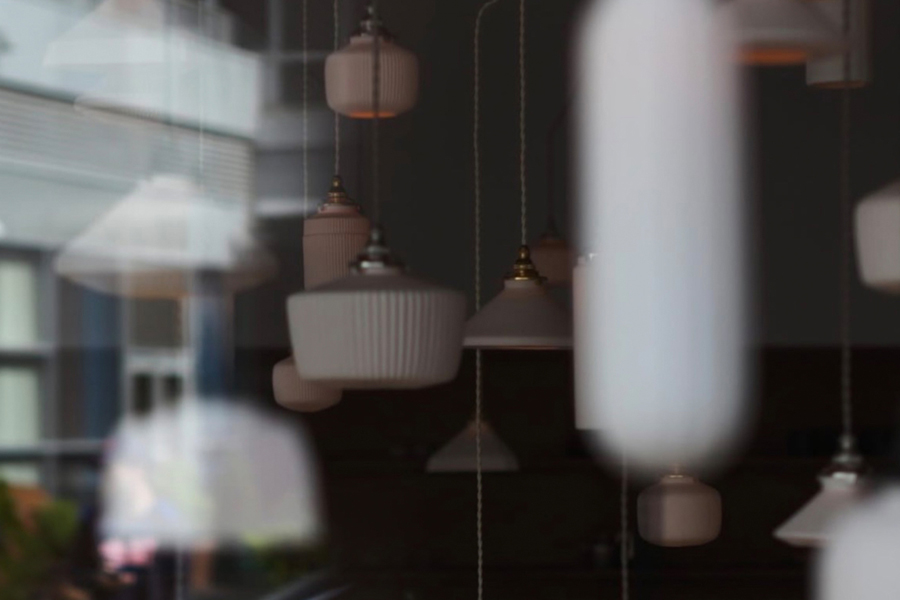Memories of Japan
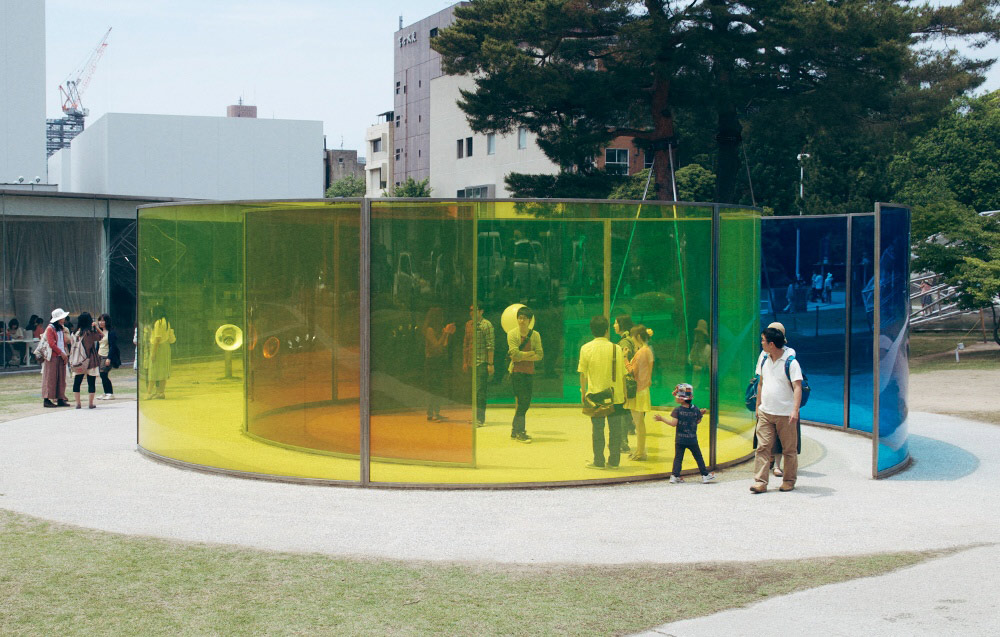
Here’s a bit more of a look into our latest trip to Japan. It was jam-packed but I just wanted to share some highlights outside of our Naoshima trip. I was able to go on a few new factory tours during the first leg of the trip and then met up with some familiar faces when Angy joined me mid-trip.

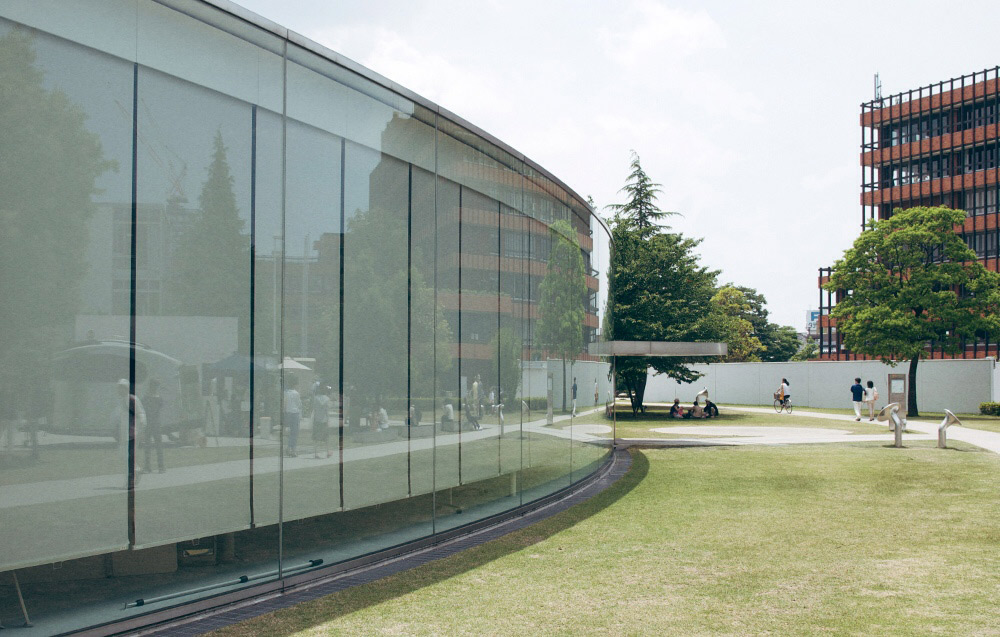
If you read our Journal, you’ll notice that one of our favourite cities in Japan is Kanazawa and one of our favourite sites to visit is the 21st Century Art Museum. I always like to see it in different seasons. This time around the skies were clear creating beautiful light within the space designed by SANAA.
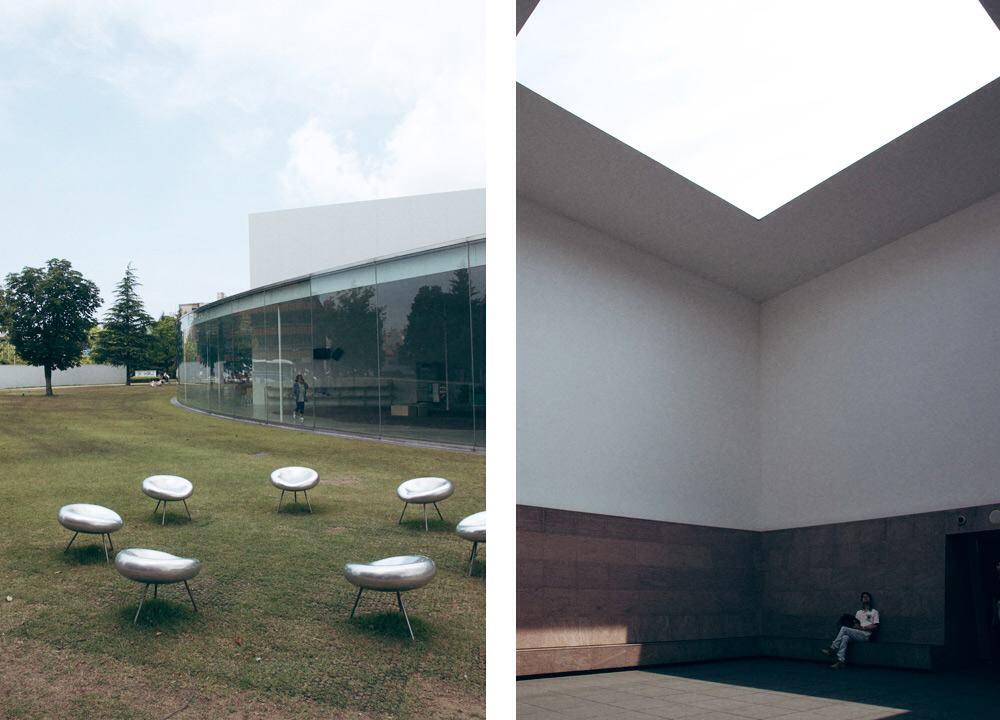
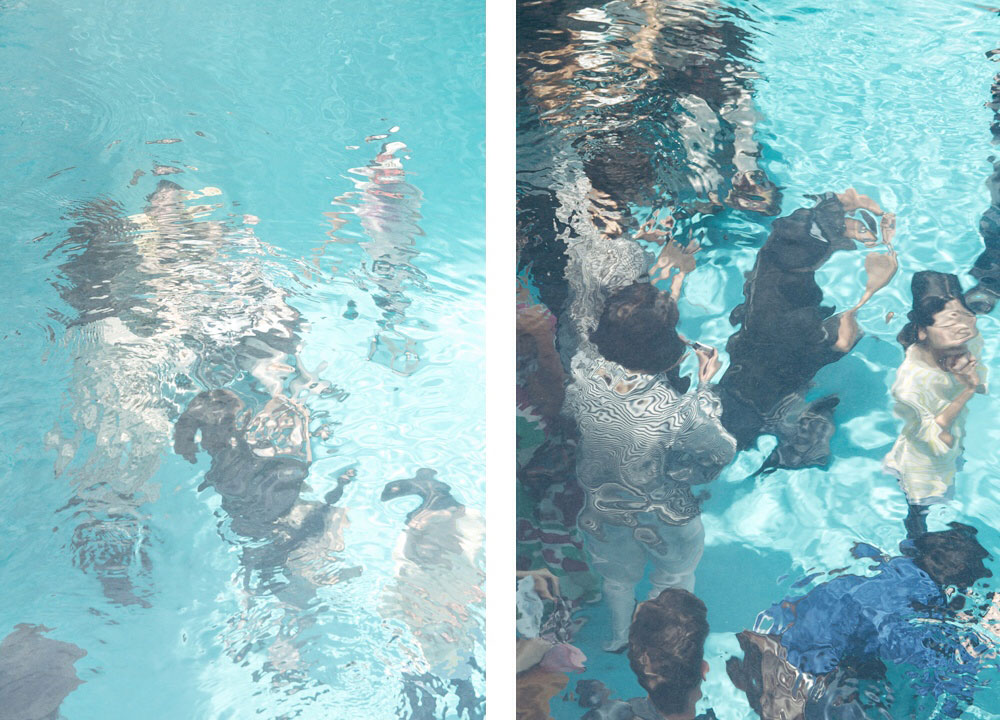

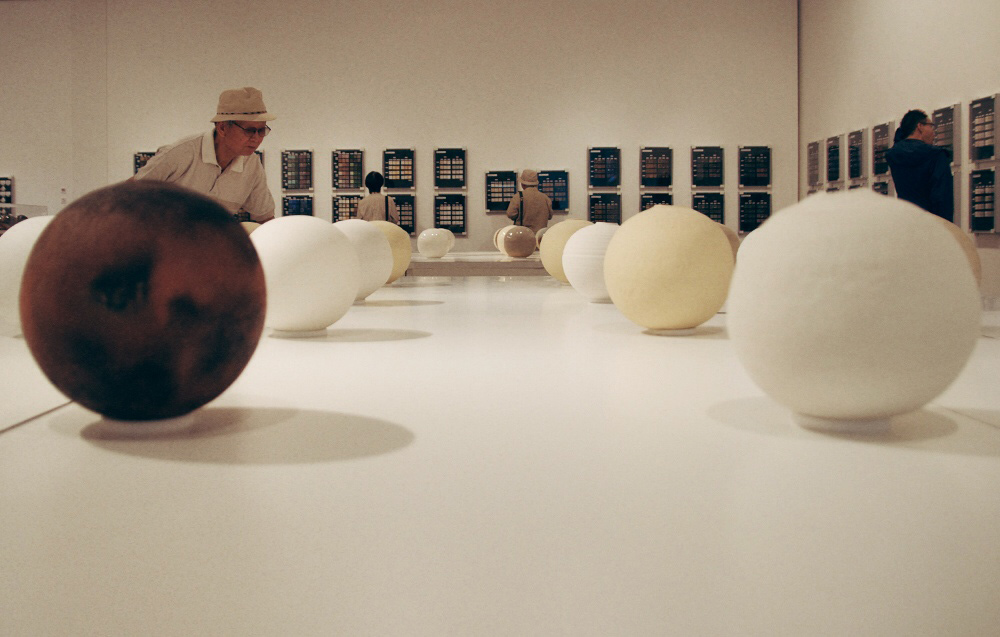
I checked out the Turrell room and Leandro Erlich’s “Swimming Pool”. There was also an exhibition of craft artifacts from Kanazawa.
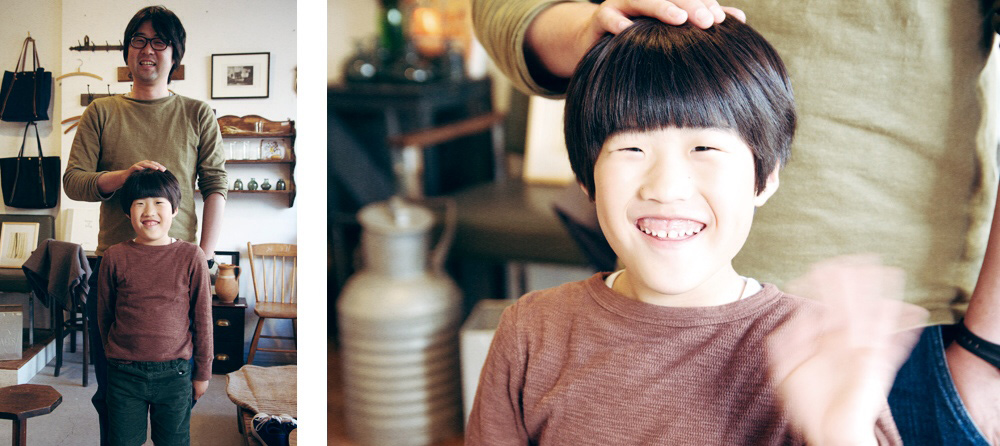
My second stop in Kanazawa was to meet with our good friend Noriyasu along with his wife and son at their shop, Gloini. Noriyasu’s son has the biggest smile I’ve ever seen in my life! The kid is so friendly, just like his parents.
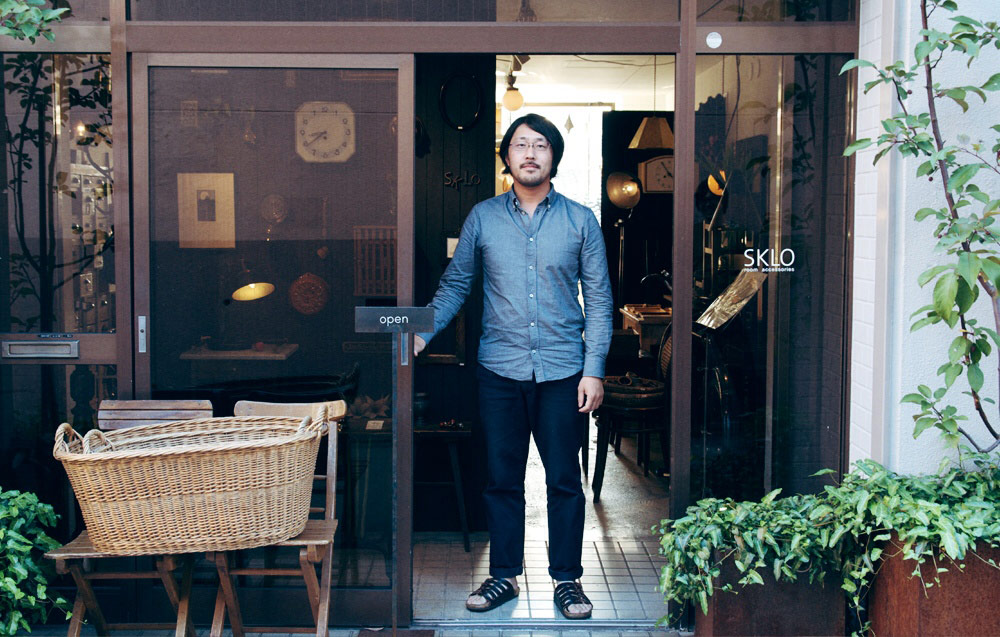
After some catching up, Noriyasu and I make plans to visit Yoshiki Tsukamoto, at his antiques shop entitled Sklo. The namesake just so happens to be the name of his brand that includes artisanal light bulbs, which we recently released on the site.
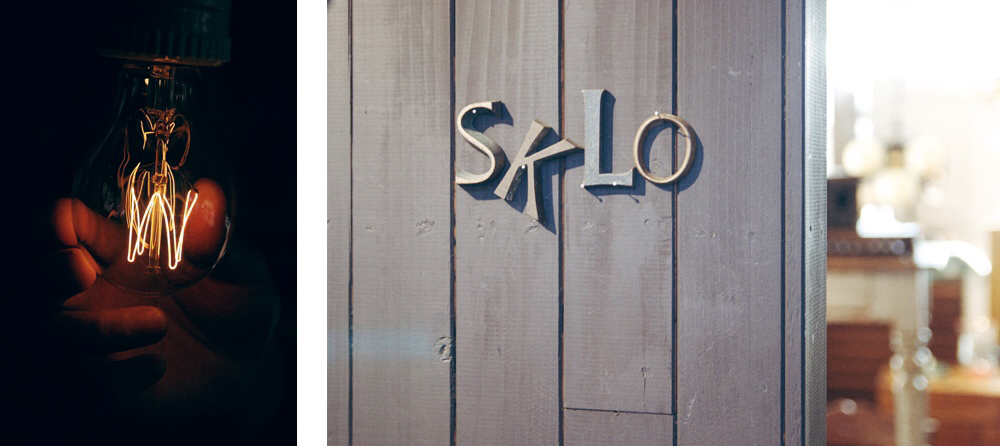
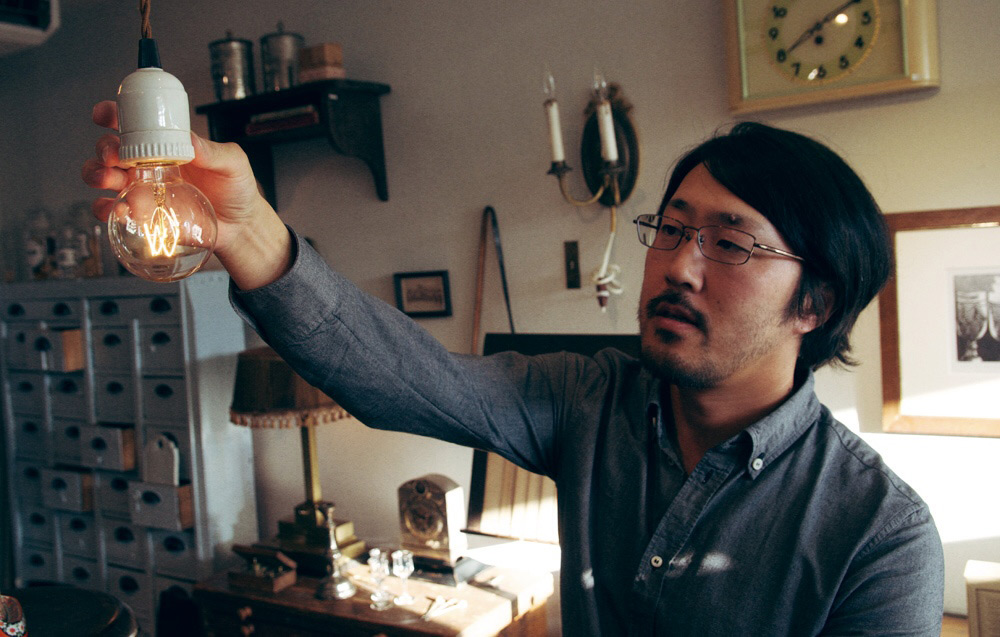
We love following Yoshiki’s activities because they are so varied. He’s an antiques shop owner, filament designer and a rice farmer. Needless to say, he’s a bit hard to catch but luckily Yoshiki was at his shop on this particular day to explain his design process and showoff his latest light bulb designs.
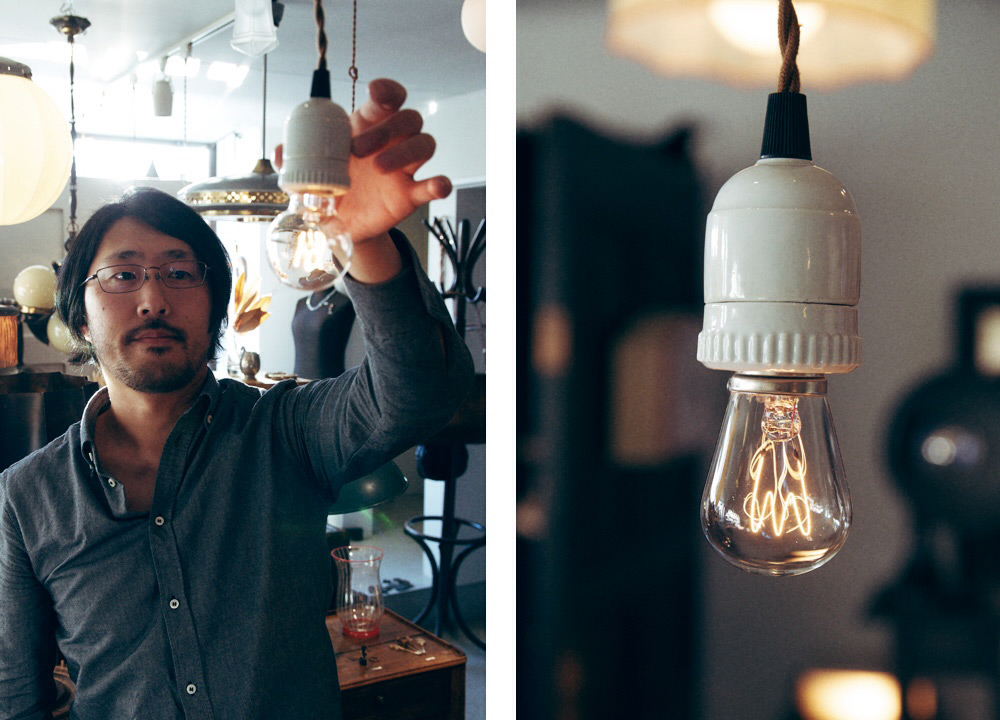

We learned that Yoshiki got into filament design because he wanted to create an old world look to the light bulbs that would be paired with his antique lampshades.
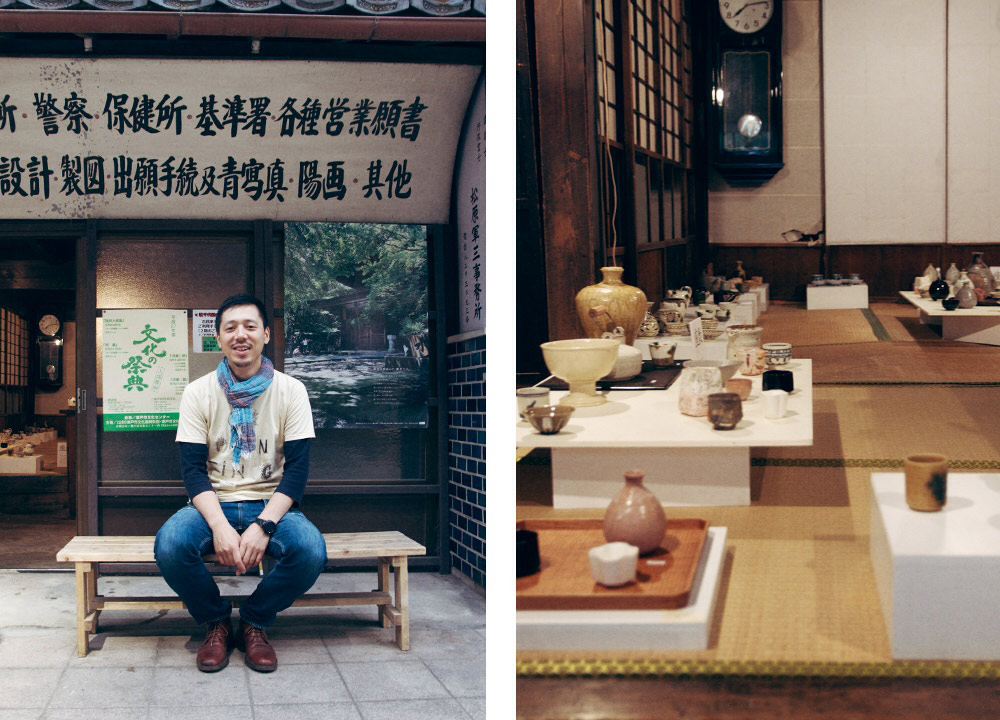
After Kanazawa I hopped on a train to the city of Seto in the Gifu district to meet with our friend Mitsuhiro Konishi. It was pouring rain that day so Konishi arrives to pick me up at the train station decked out in a full rain gear suit. The first thing he does is take my inappropriately dressed self to a nearby Family Mart and makes me buy a $5 umbrella so I wouldn’t get wet. The Japanese never lack in hospitality. After the rain settled down, we were finally ready to tackle the city and explore.

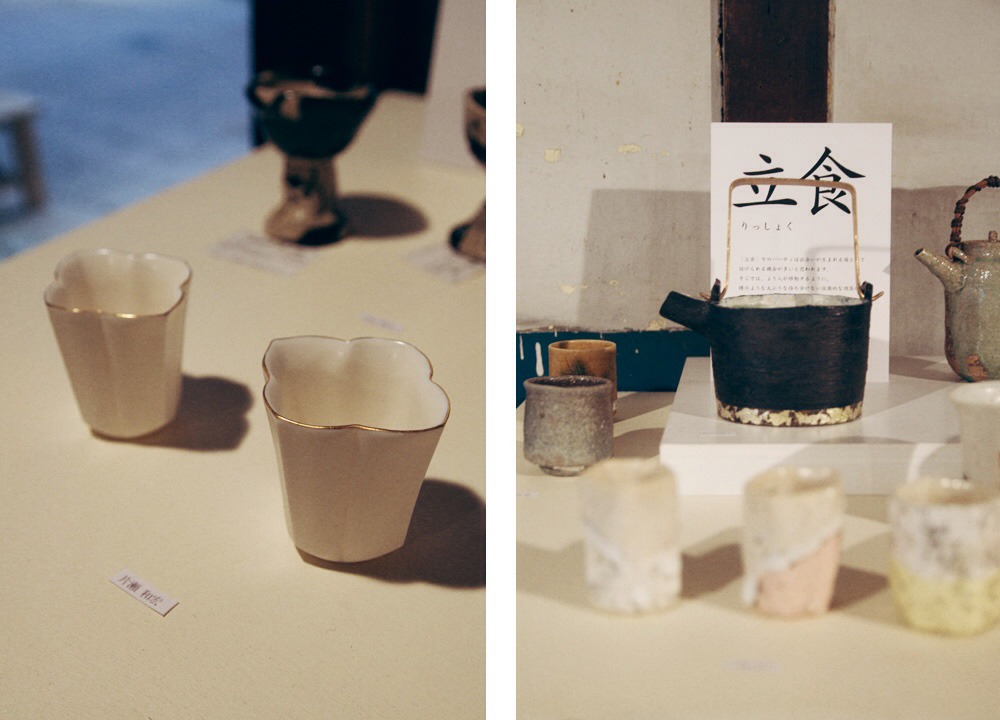
We stopped by a couple exhibitions and went all around Seto. The town is renown for it’s pottery culture and a ceramics institute that subsidizes many of the artisans. You could see the strong ceramics history in the works of all the talented craftsmen – some just students but already had impressive works of tea wares and other beautifully shaped pottery that caught my eye. It’s always great touring exhibitions with Mitsuhiro because, trained as a sculptor he has a heightened awareness of three-dimensional space, always examining all angles of objects. Something we think shines through strongly in his mixed metal cutlery.
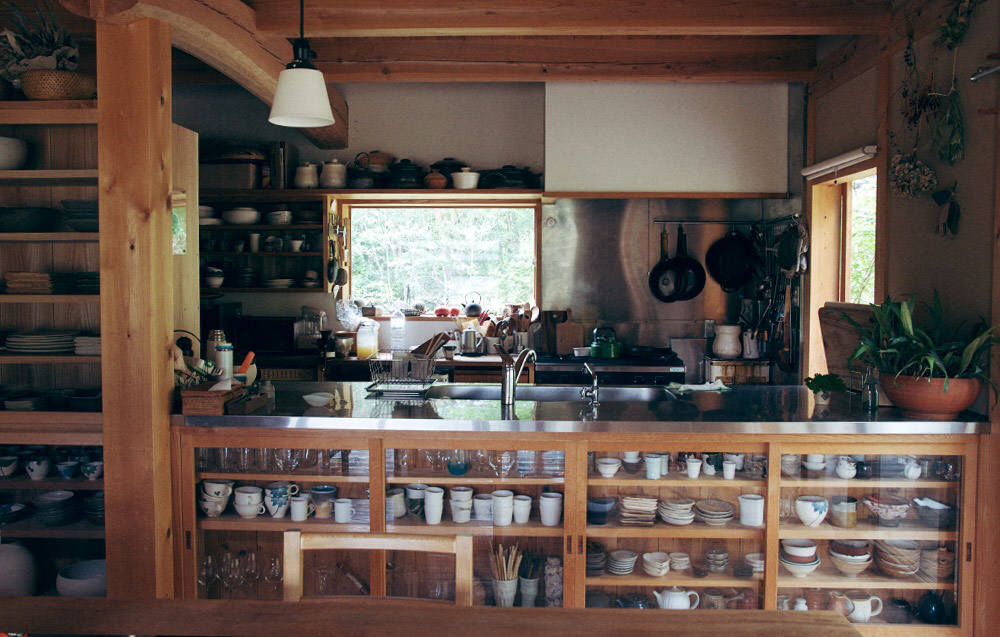
After playing catch up with Mitsuhiro, I board another train to a very remote destination to visit the Otani family! Husband and wife Momoko Otani and Tetsuya Otani are incredibly hospitable and planned an unforgettable time. More on this stay with the Otani’s in a separate post coming soon!
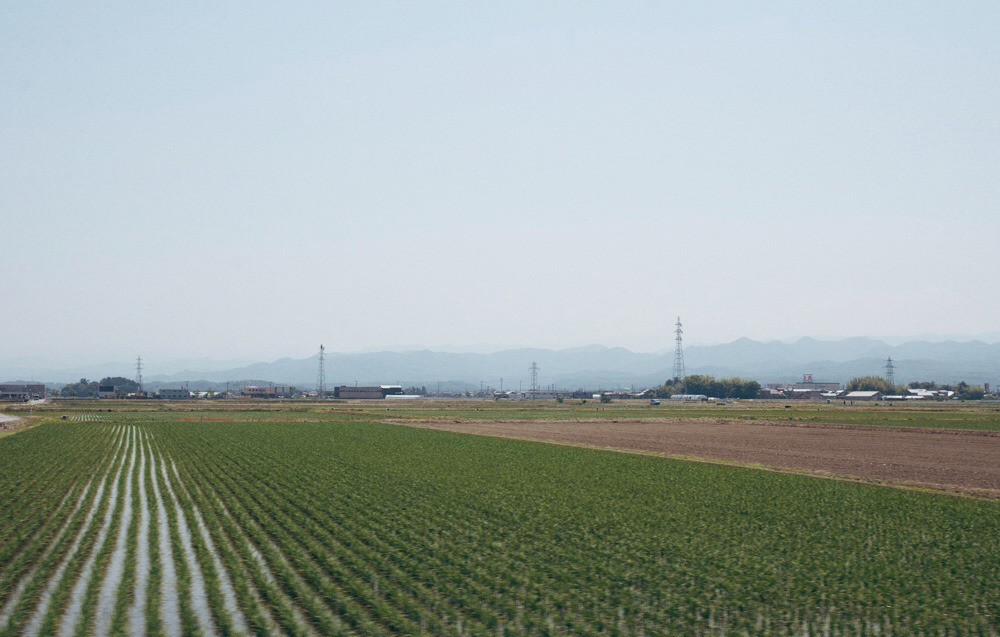

One thing that is important to us is gaining knowledge about the products we love, which is why we travel to Japan frequently – to get the full story first hand. We love the process and all the steps it takes to produce one product so when Hata of Hatashikkiten invited us to his factory, I was excited to see how the Border and Soji containers were made. It is such a privilege to meet the craftsmen behind the products.
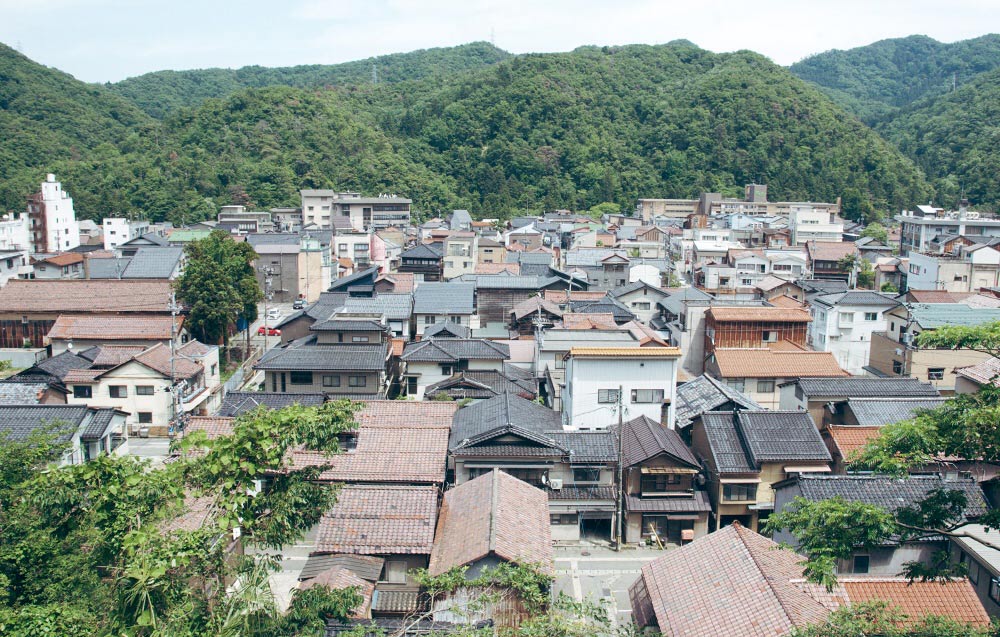
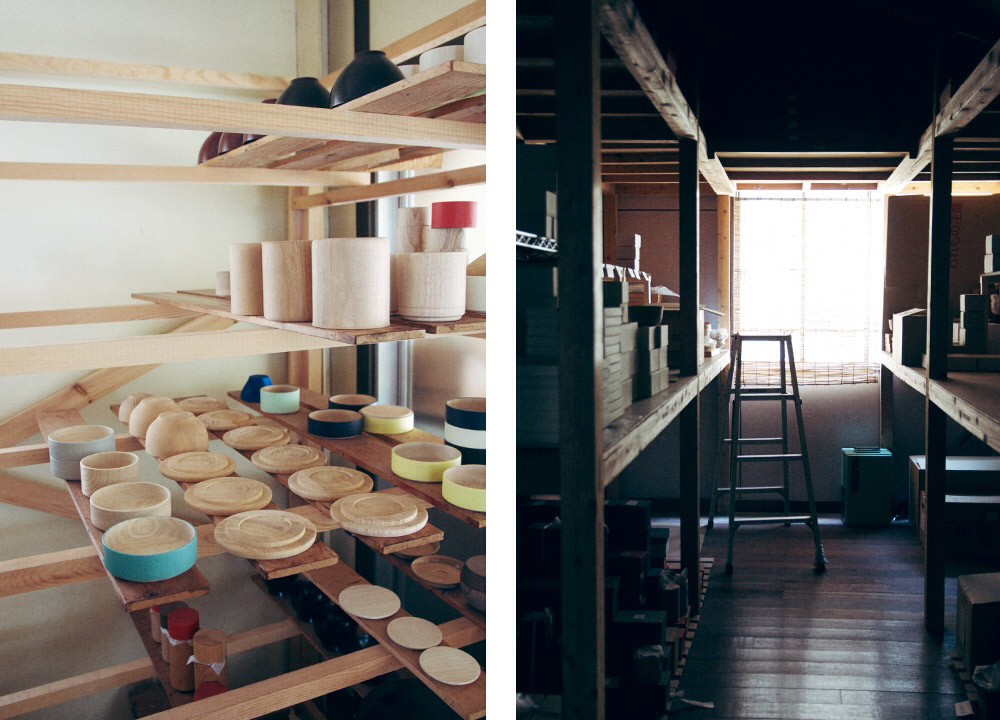
The Hatashikkiten factory, run by Hata and his wife, is in the countryside overlooking beautiful rice patties. The complex is inherited from Hata’s father, and has stayed in the family for many generations.
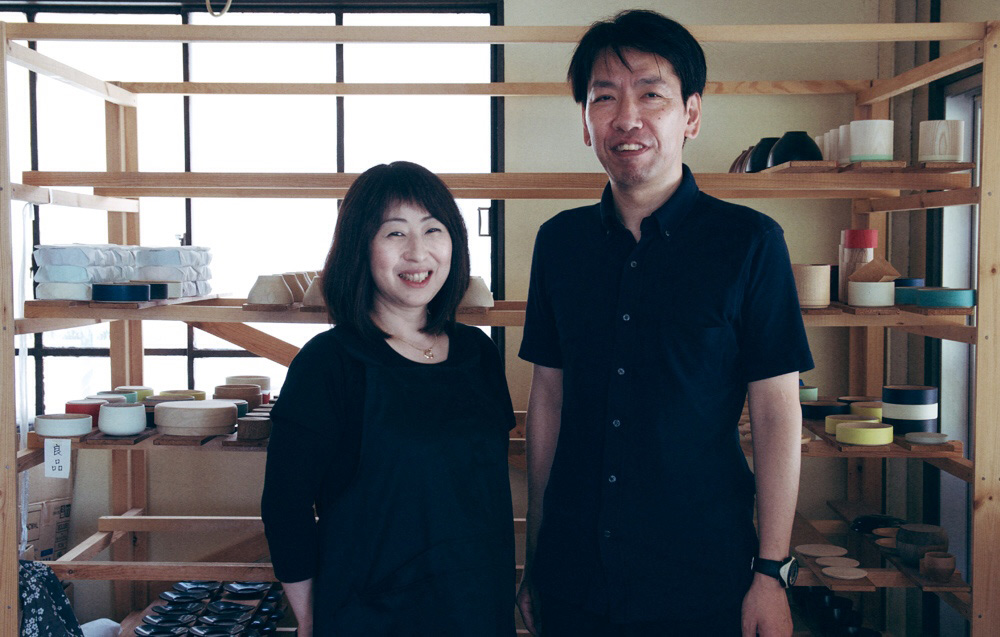
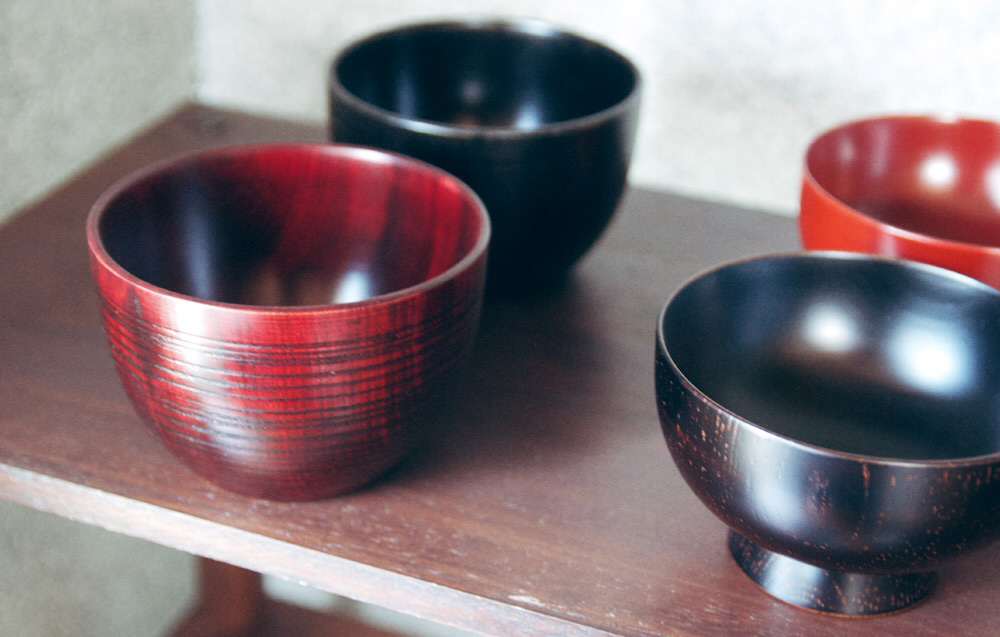
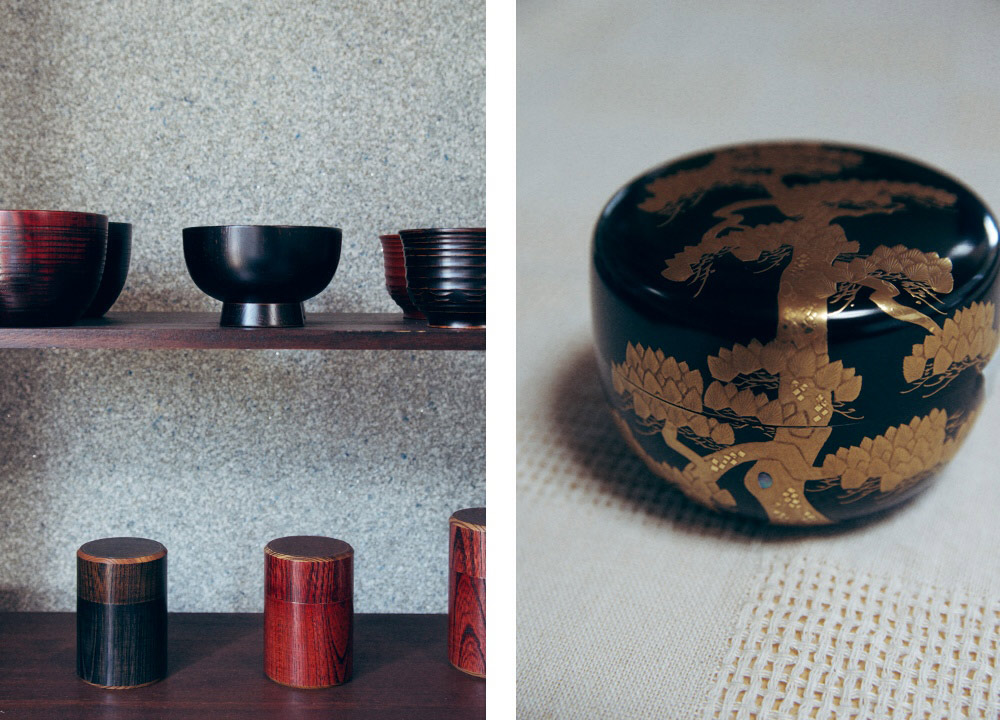
Immediately as you walk into the main office building, there were rows and rows of the family’s long line of work. Hata immediately shows me the more delicate pieces the company has produced, like the urushi-lacquered canister with gold decals.


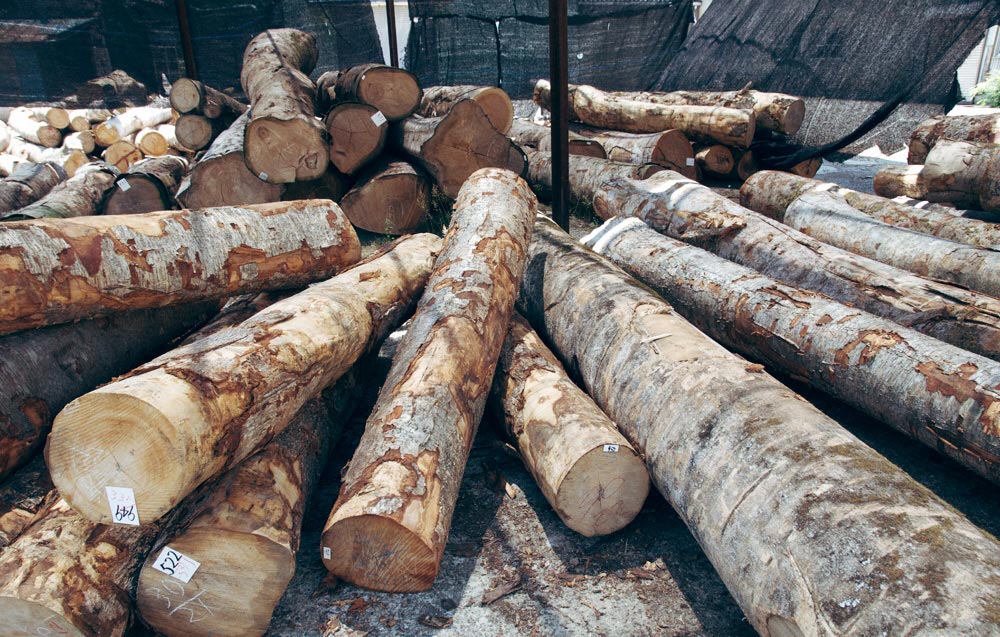
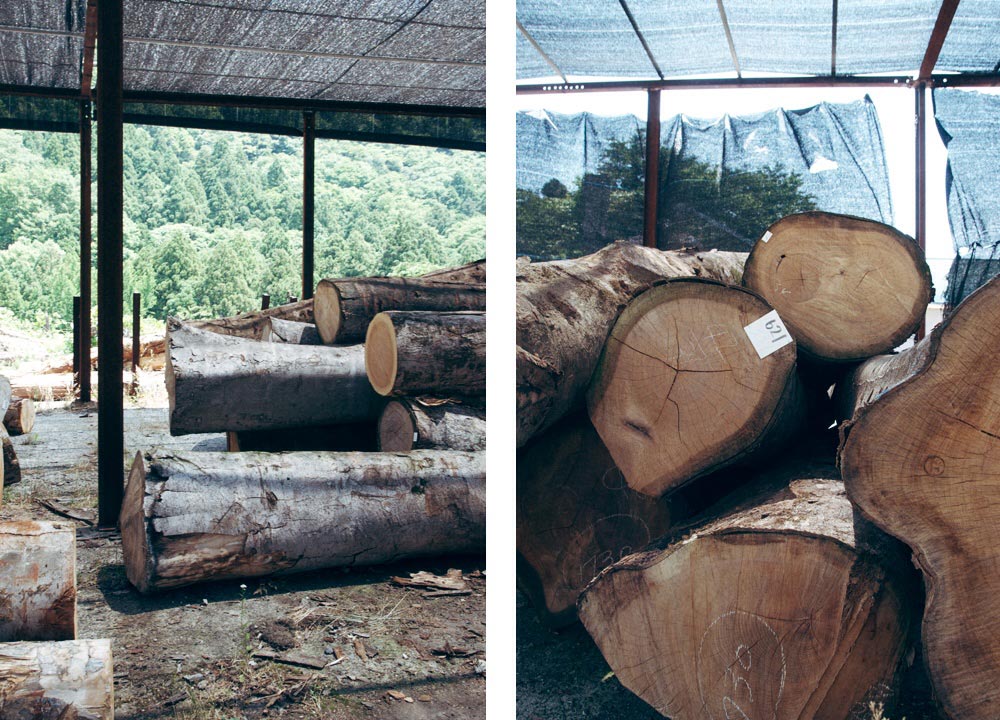

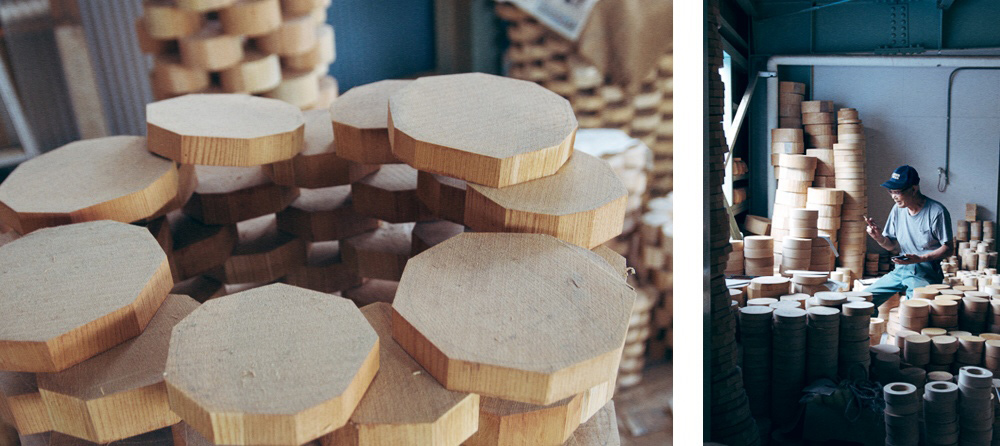
Hata then brings me to meet every craftsmen involved in the process, including his wife. Each craftsman is specialized in a particular process, and the lumberyard is full of locally sourced wood.
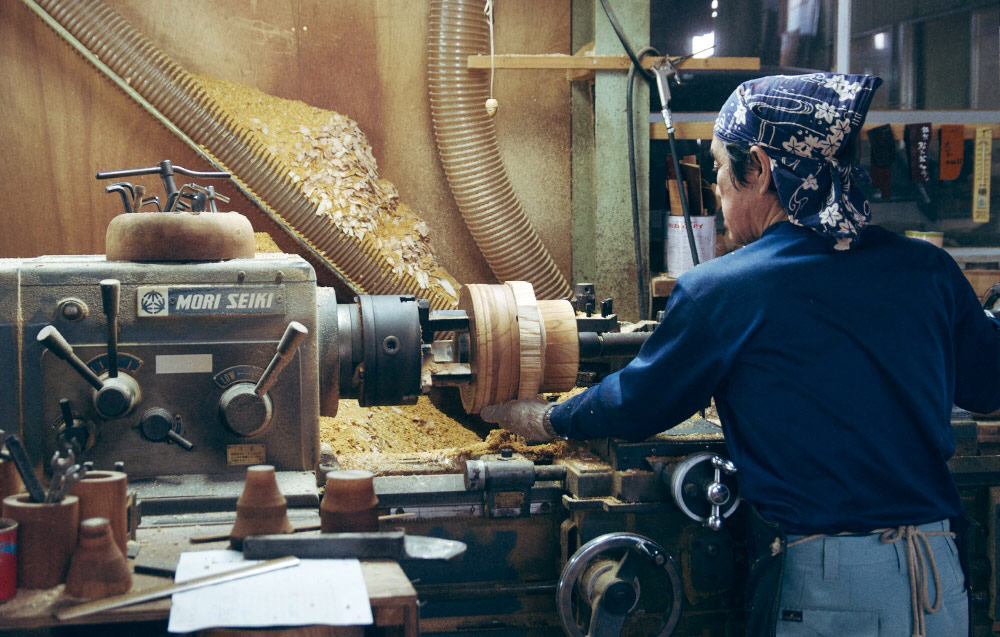
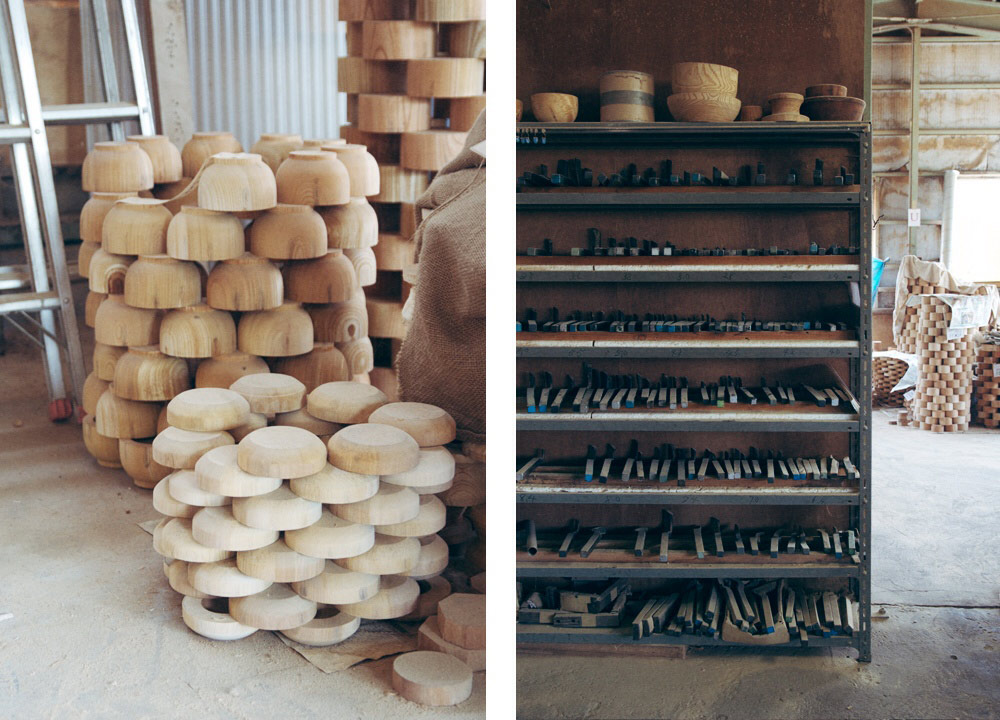
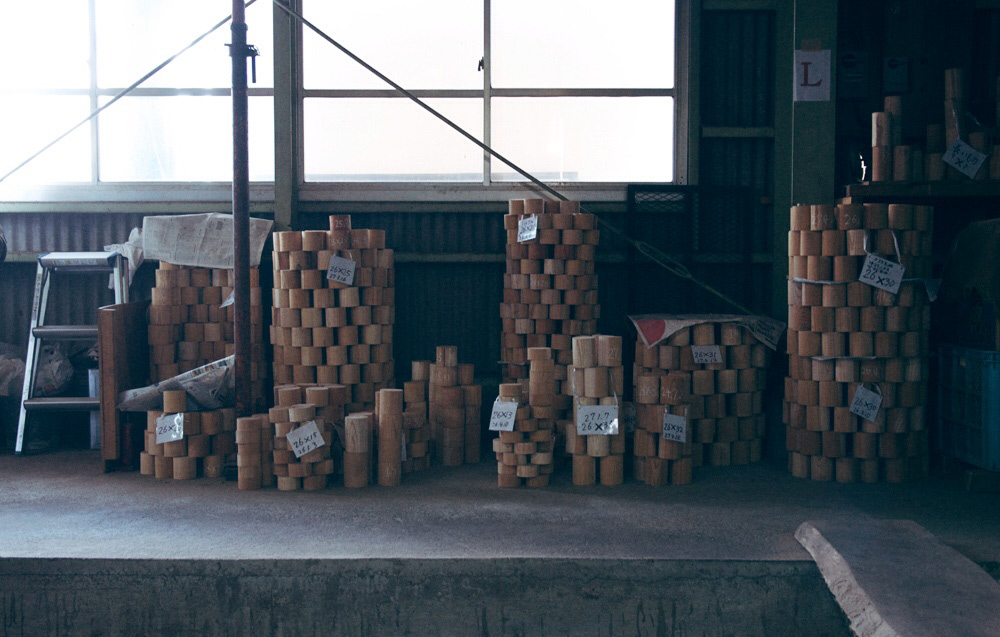
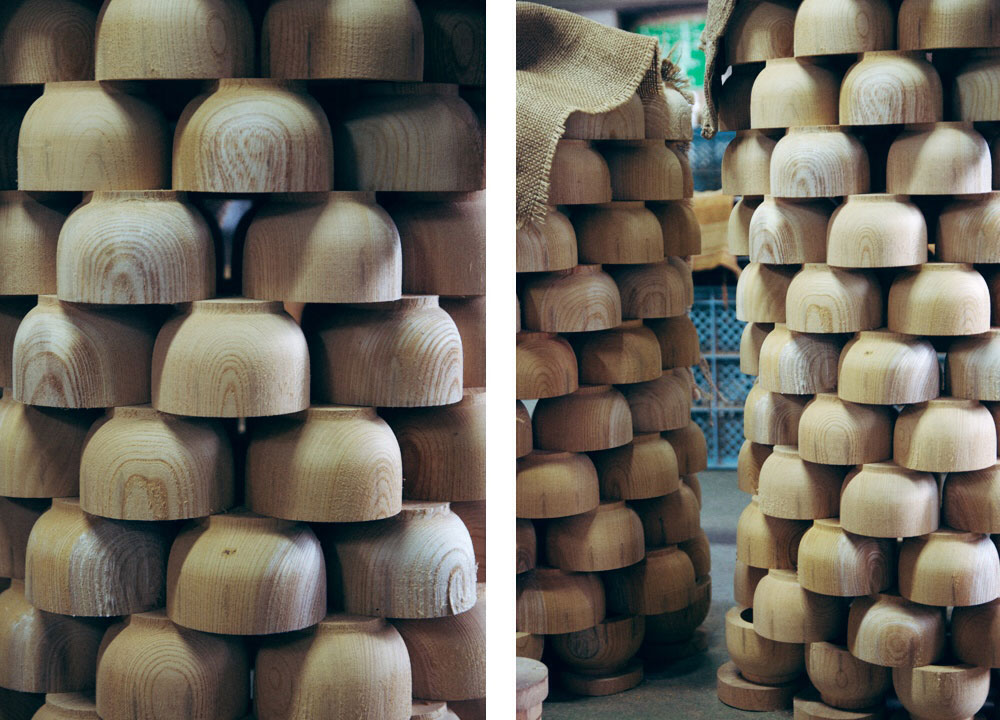

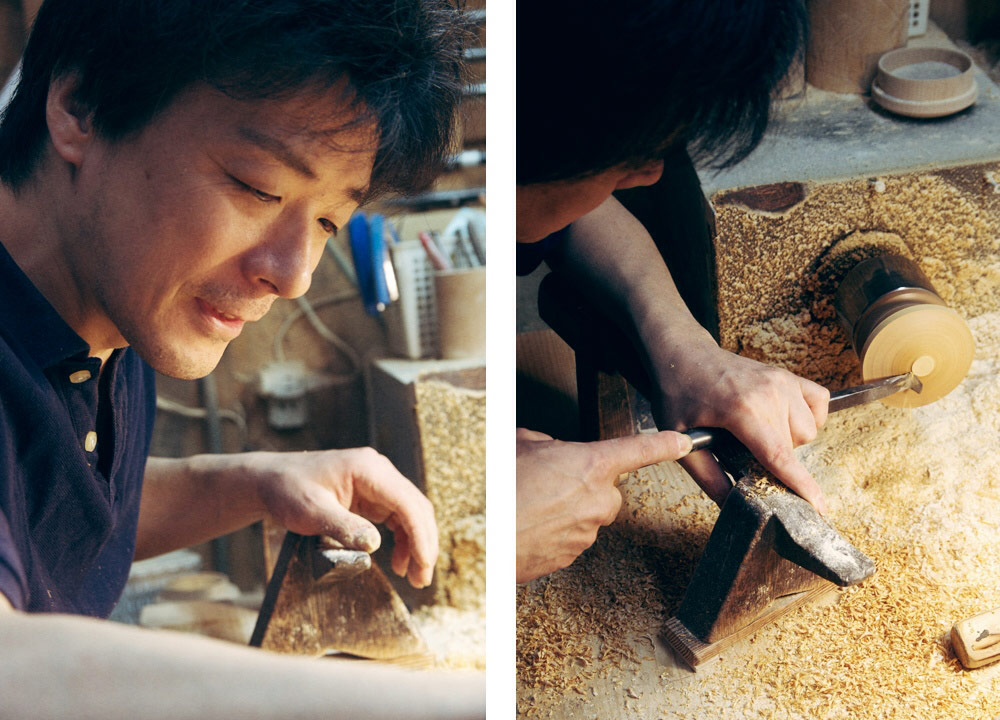
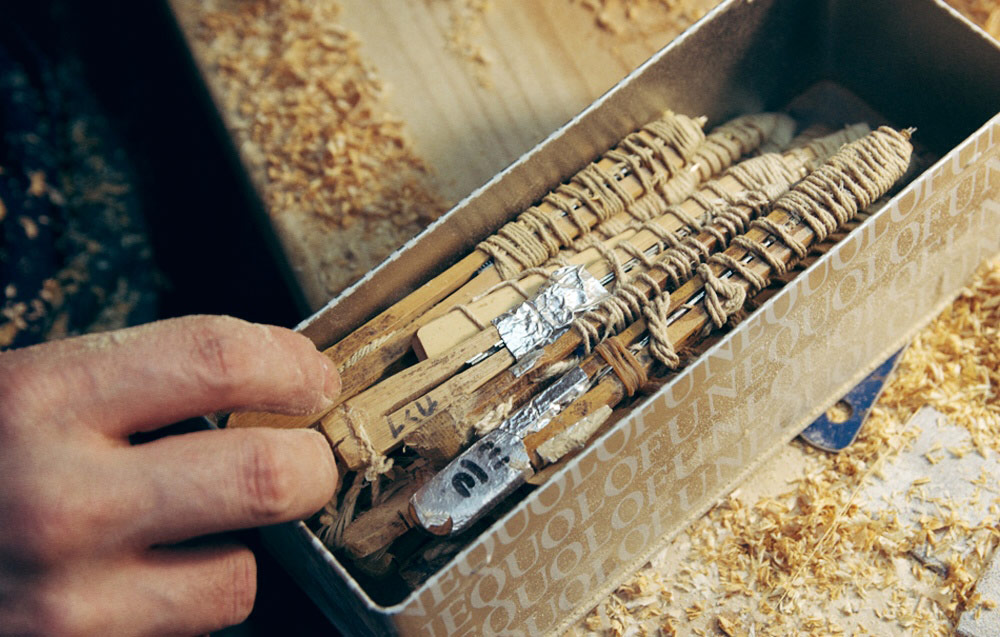
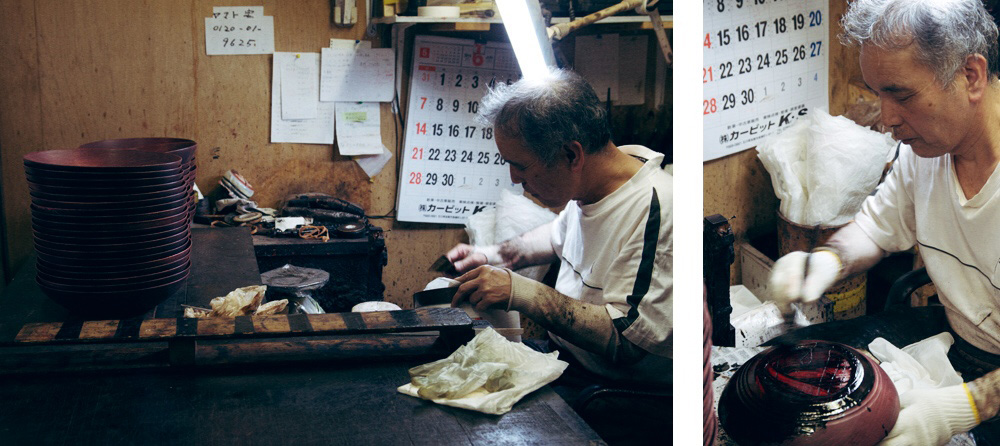
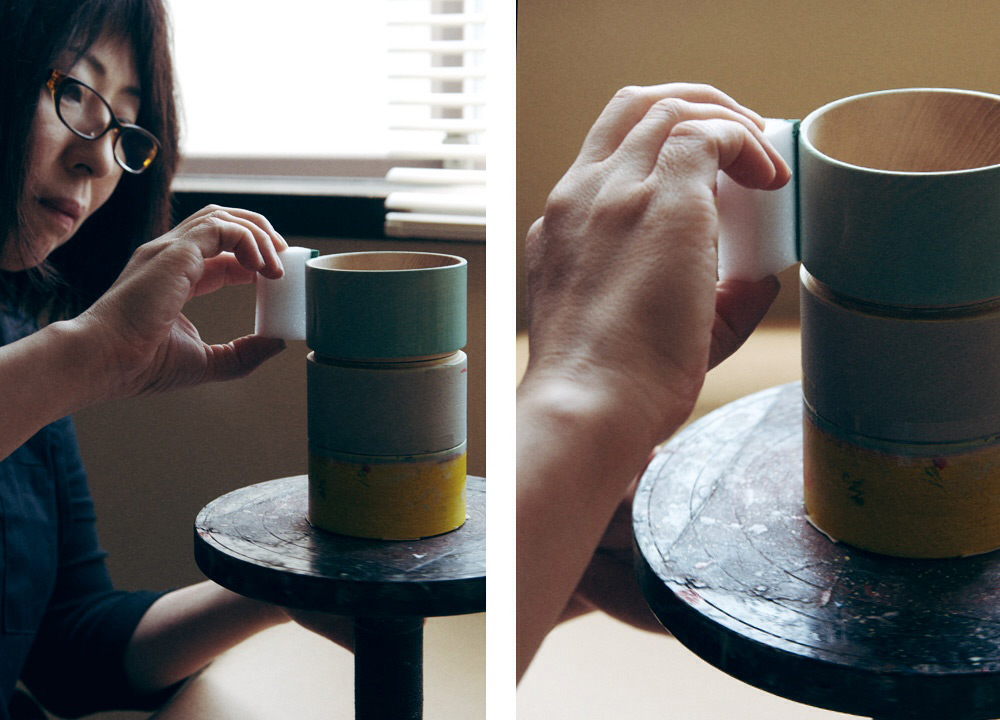
The lumber is cut into small disks. To put it simply, the shapes are roughed out, turned, left to dry completely to avoid warping and then urushi-lacquered. Hata’s wife does the finishing work including applying the pastel lacquer on all the Tiered Border canisters by hand as the final step.
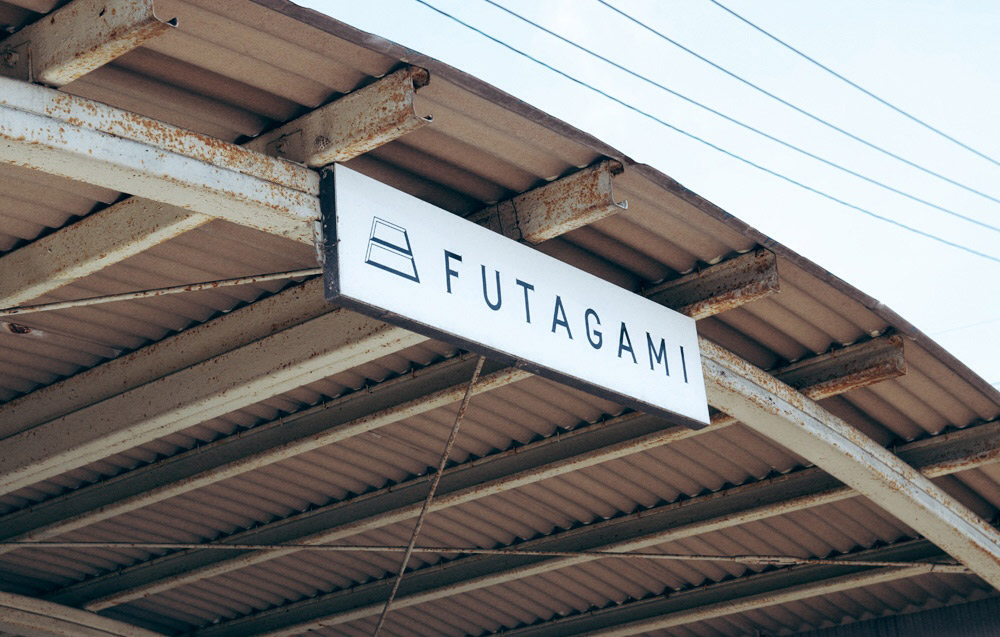

After the tour, our friends Taku and Yamazaki take me to the city of Takaoka to visit Mr. Futagami, yet again, but this time to get a behind the scenes look at how the “kuro-mura” blackened brass finish on some of the Futagami pieces is achieved.
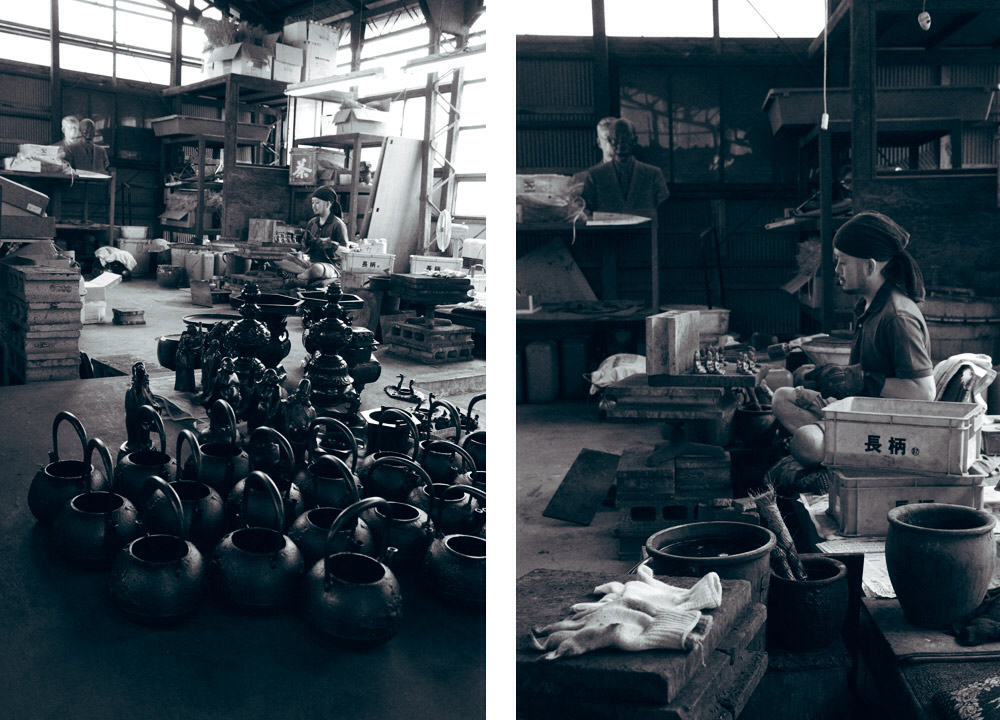
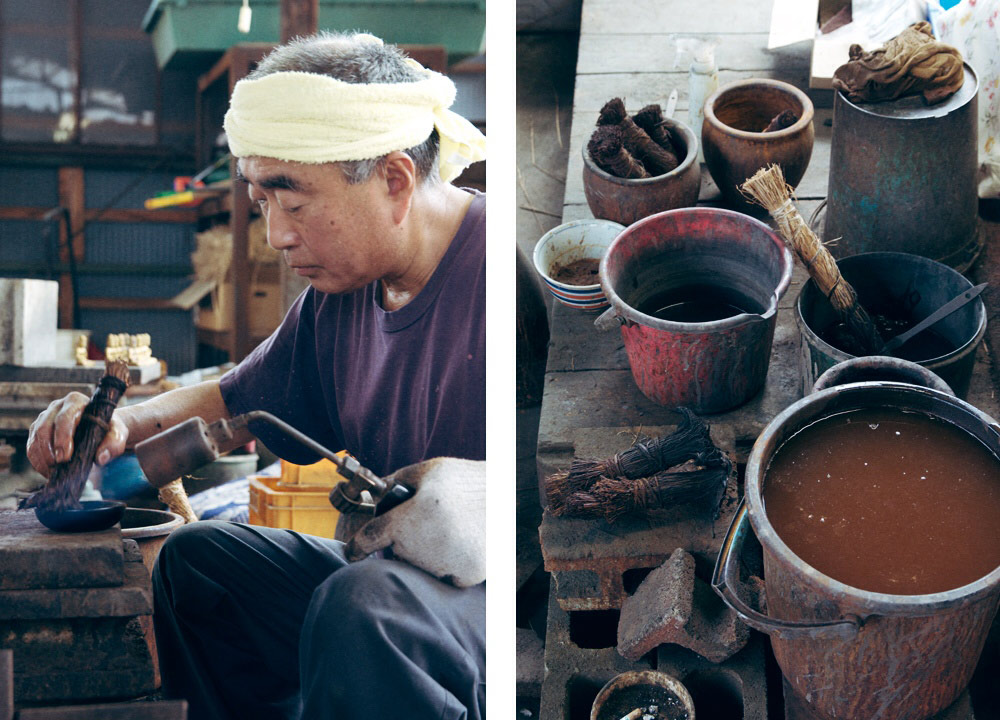
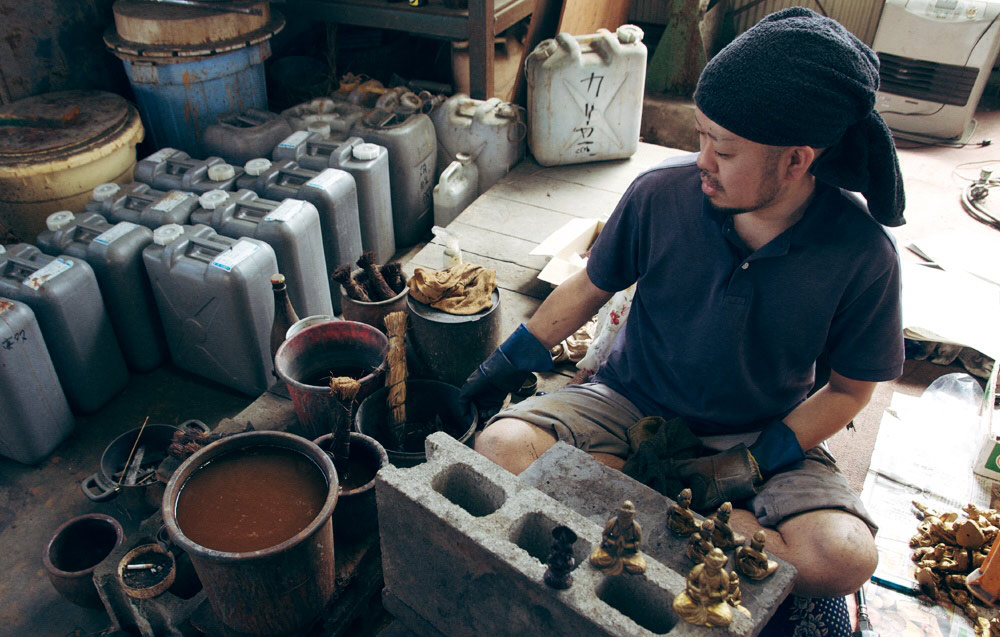
The kuro-mura process involves several layers of urushi. Essentially it is applied by hand with a torch held to the piece in order to achieve striations and a textured application. Kuro-mura is a delicate process so not a lot of factories in Japan, let alone the world, can produce such a finish.

Finally we end the day talking about MATUREWARE – Futagami’s answer to fine architectural hardware. We discuss the direction of the brand and each object in detail – discussing names, dimensions, appropriate sizing and shapes. We have some exciting news we’ll be announcing about the launch of MATUREWARE in the coming months, so stay tuned!
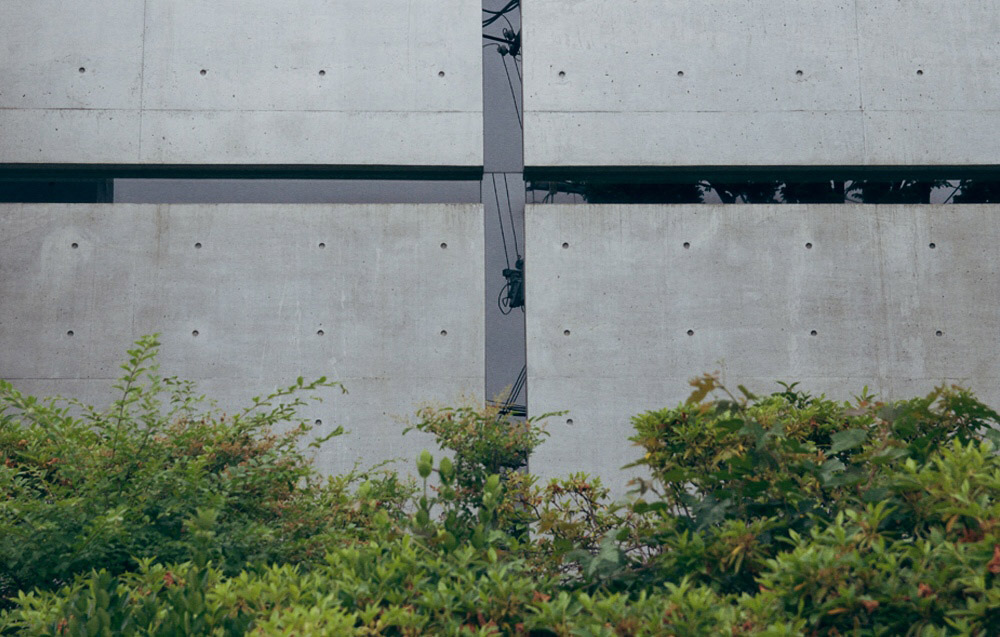
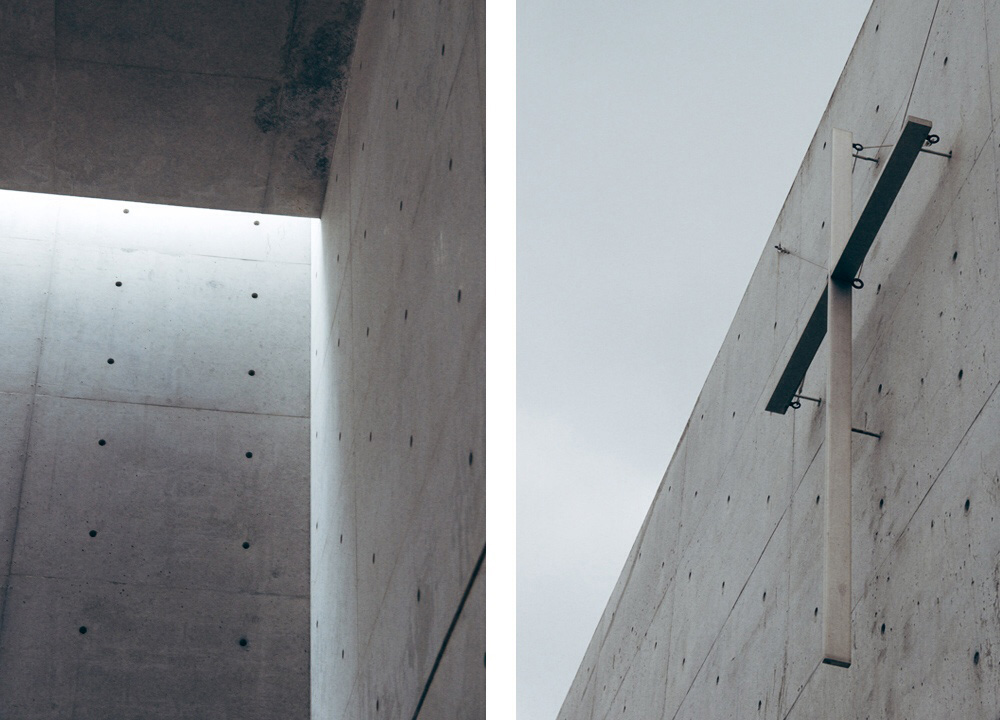
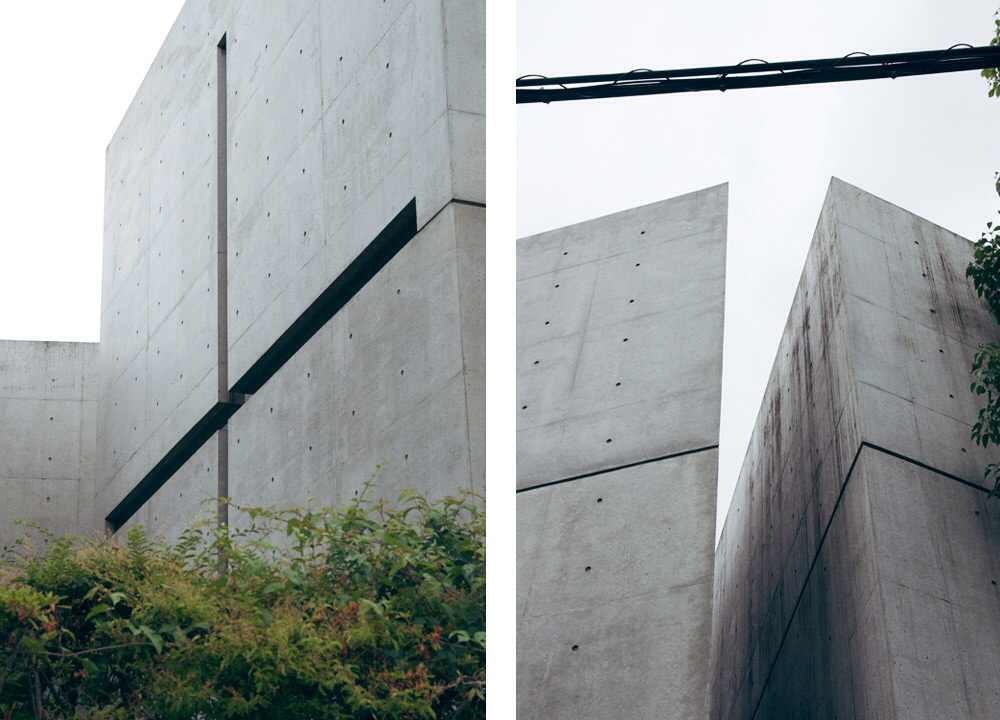
The next day I make a pit stop in Osaka to cross something off my architectural bucket list – The Church of Light, by Tadao Ando. It’s an operational church for the surrounding community so there are small time slots throughout the week where you can view the site.



The church consists of two prayer rooms both predominantly lit with natural light. The first room has wood floors and tall concrete walls centered by a timber cross. The second room is a dark concrete space, framed by a cutout of a cross. The entire space is dimly lit accentuating the powerful beam of light. It’s a stunning image right when you go in. There was no sermon at the time but the church is so nice, you can easily sit there for hours just staring into space.
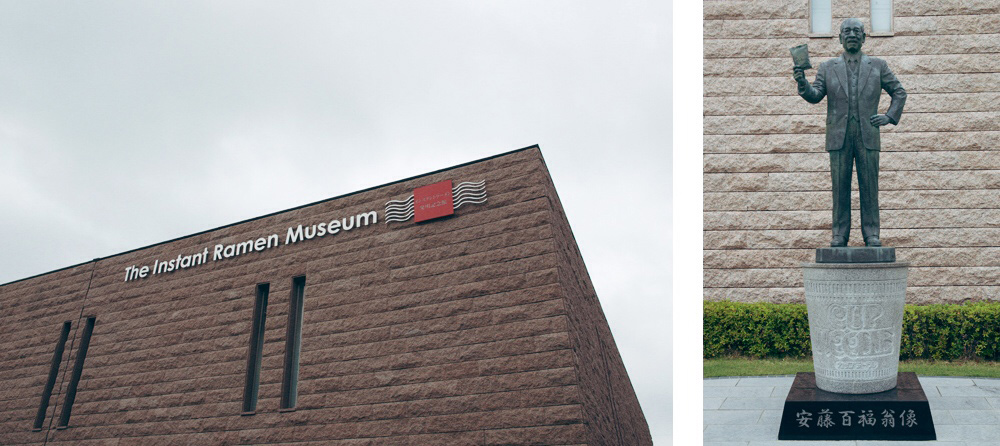
Since I was in Osaka, I rushed to the Momofuku Ando Instant Ramen Museum on the other side of town – mainly to see the namesake of our neighbour on Extra Place, Momofuku Ko!
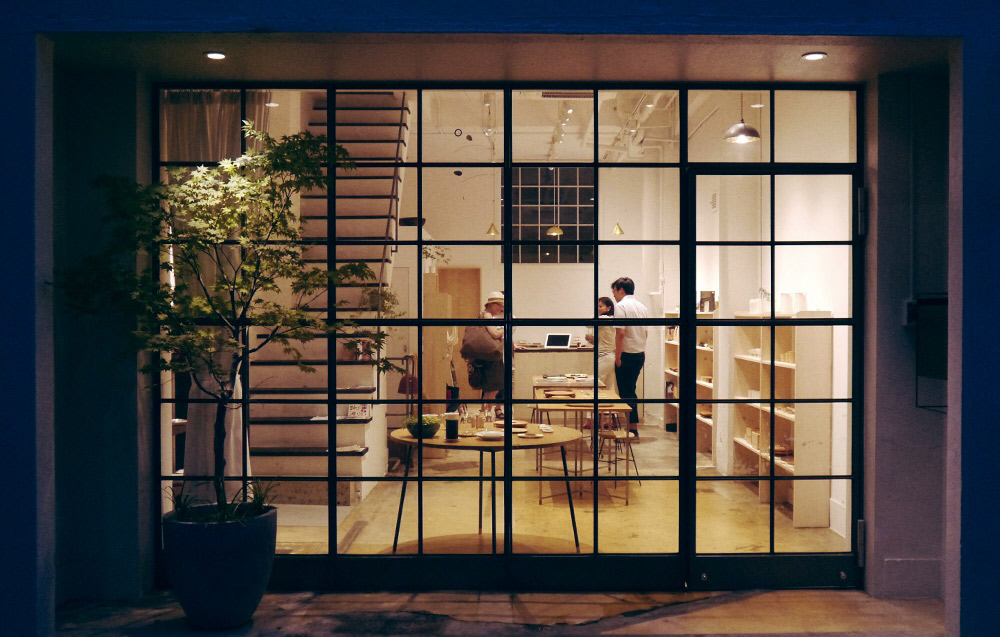
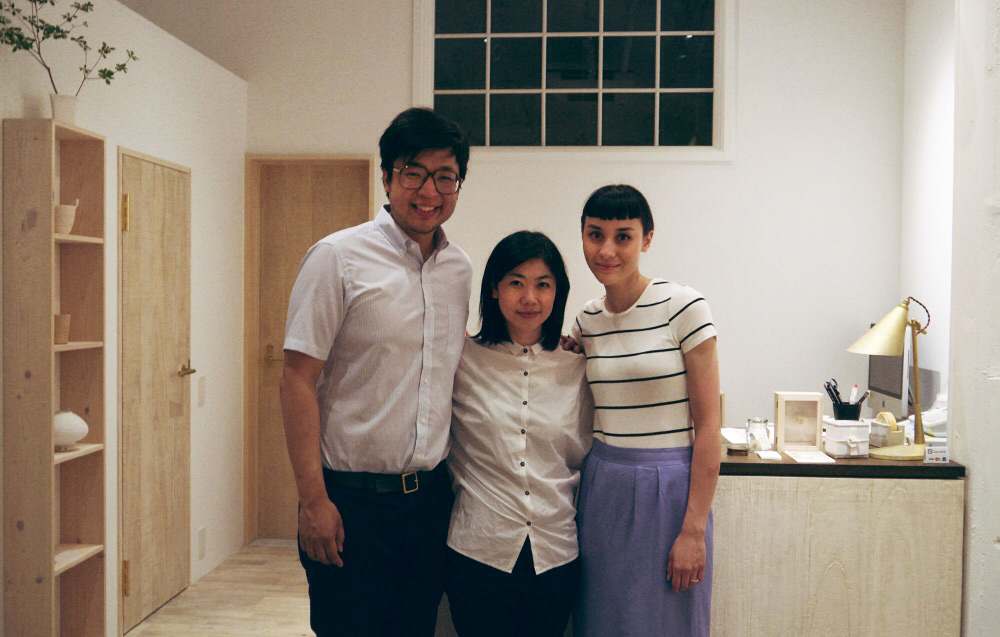
Back in Tokyo, we make it a priority to visit KUMU. Our friend Noriko Konuma recently opened up her shop in an old building inherited from her parents with the help of Oji Masanori and friends.
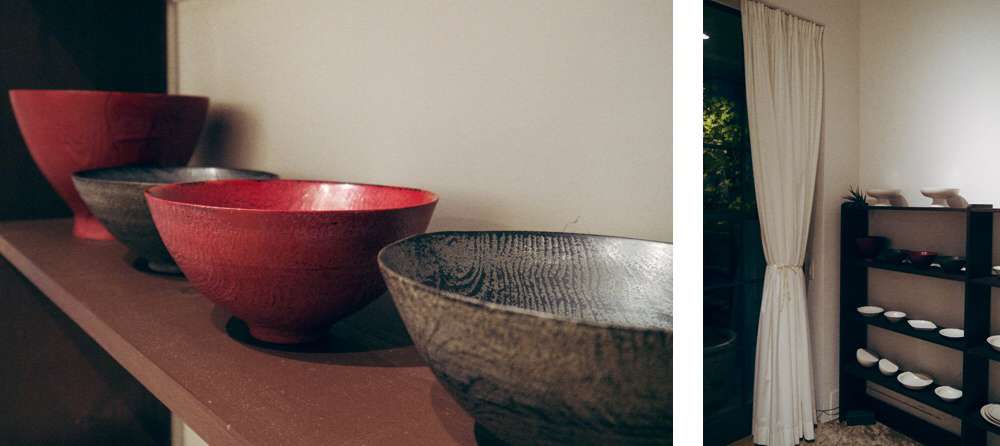
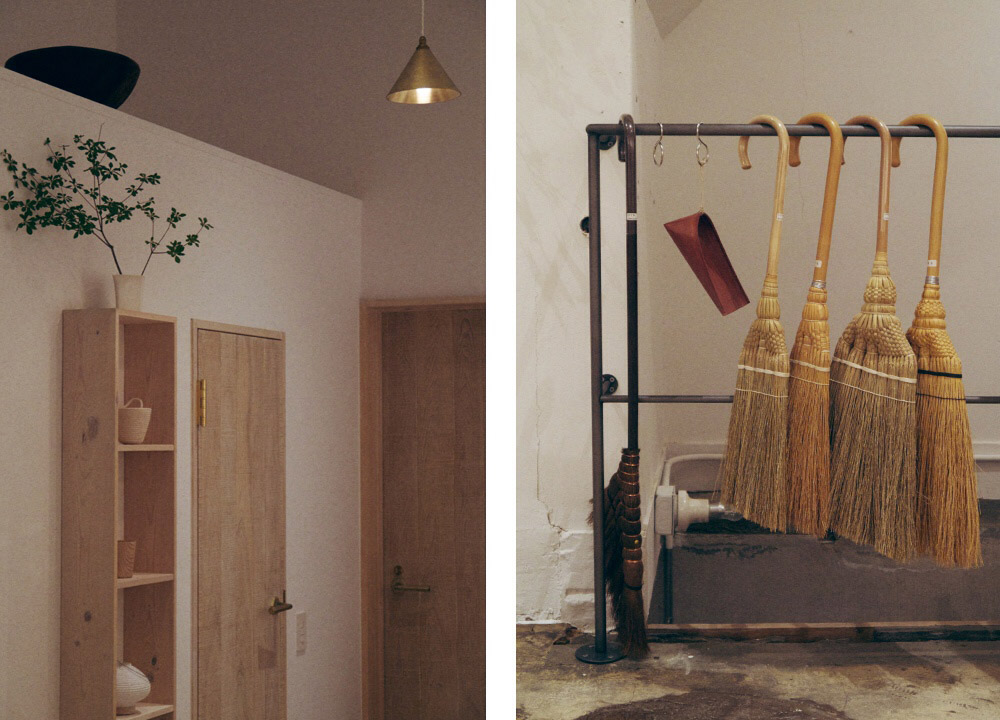
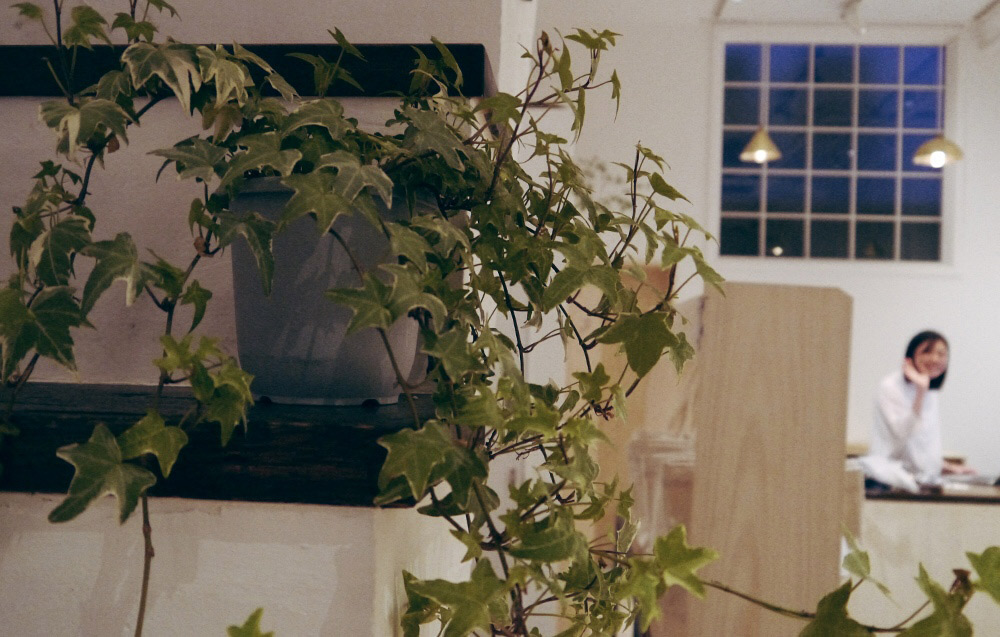

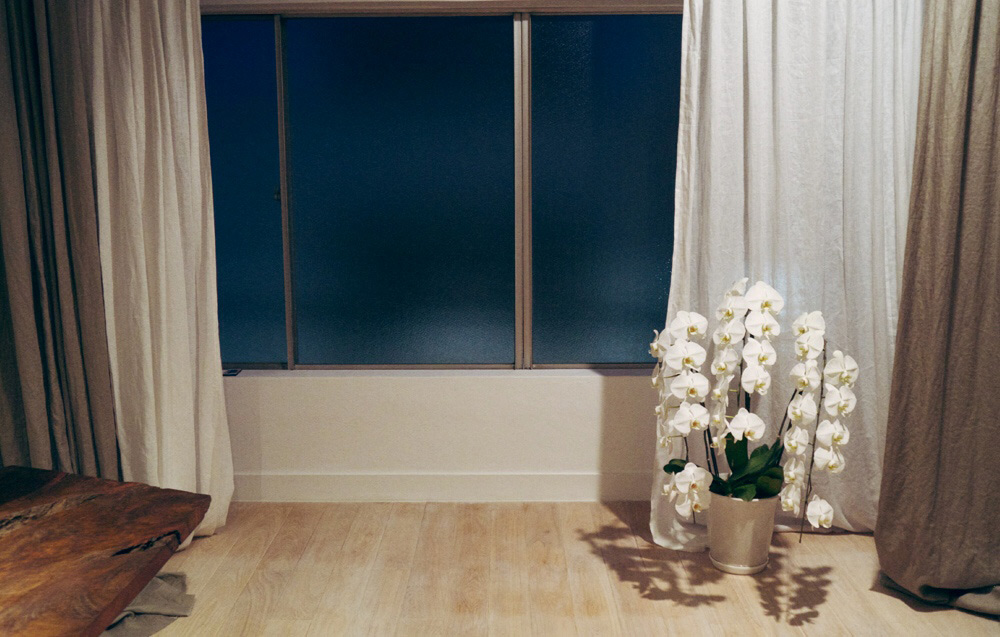
The shop has a ton of beautiful nooks and corners. The main level is the shop floor and the second level is an open space for exhibitions and meetings.
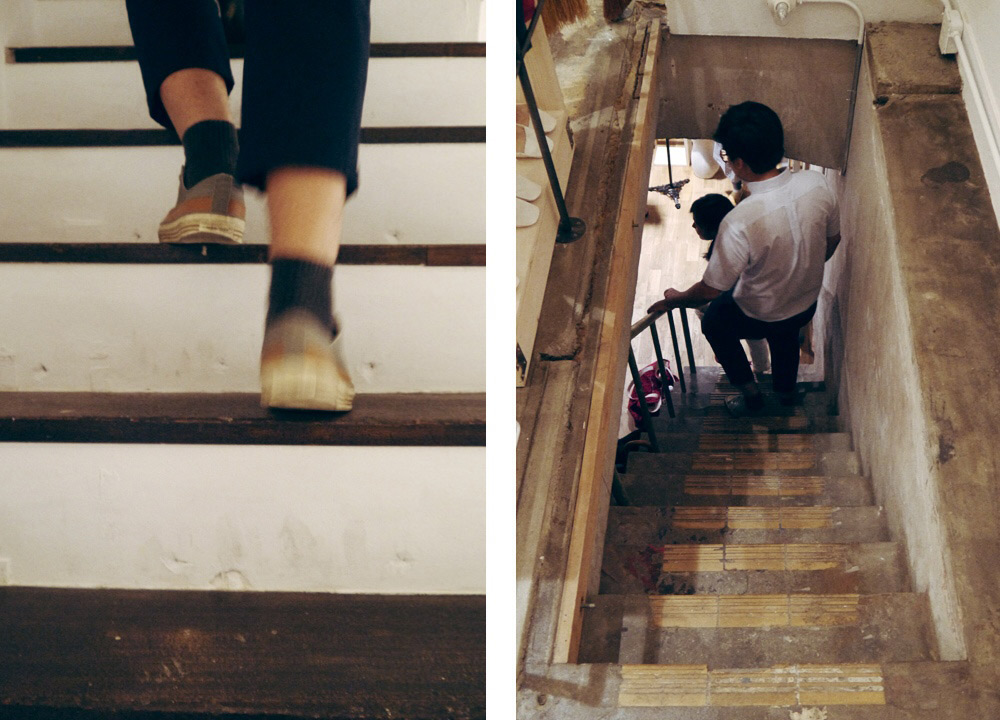
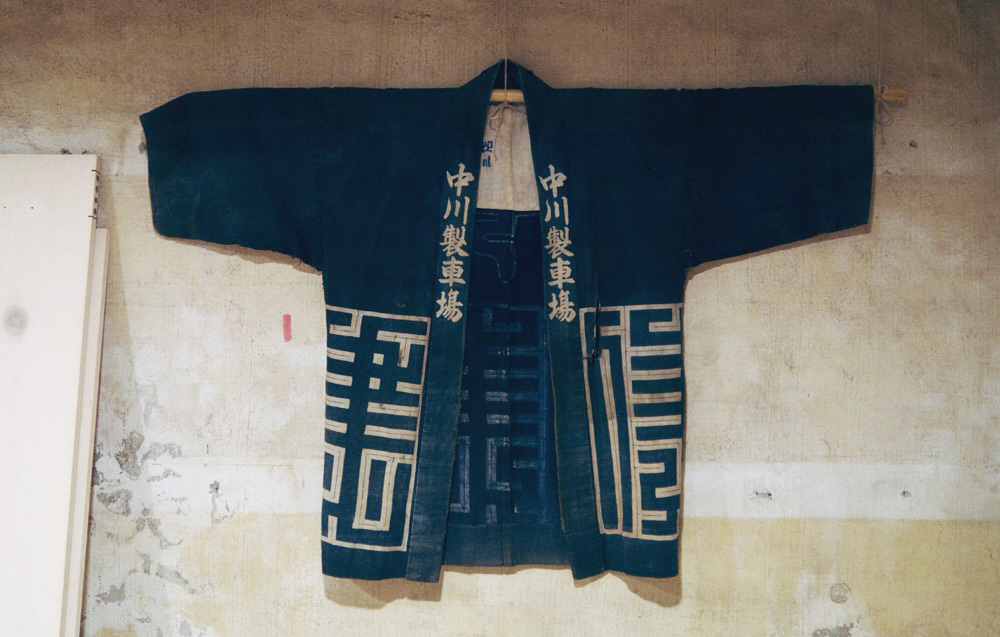
The best part was seeing the behind the scenes areas like KUMU’s basement used for storage, and other gems like the vintage kimono Noriko found while clearing the space. It belonged to her family for many generations, now proudly on display.

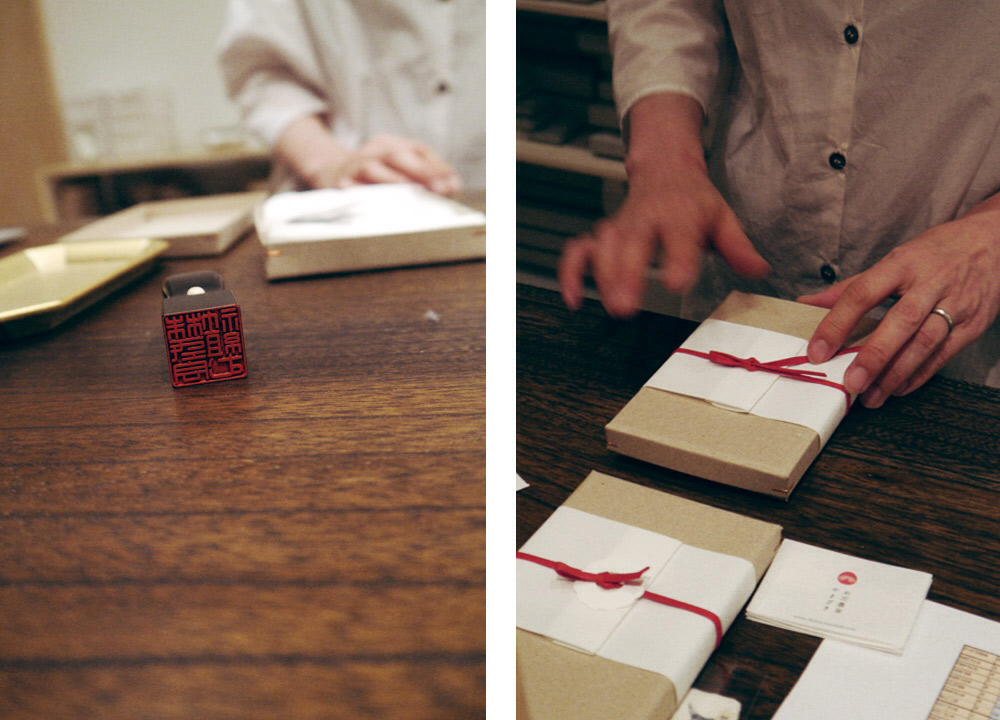
We loved the shop’s logo, designed by Oji Masanori, and the official KUMU seal along with Noriko’s careful attention to detail with wrapping our purchases and welcoming us into her little haven. We needed to properly congratulate Noriko and climbed to her stunning rooftop with some brews for a toast. If you’re in Tokyo, head to her shop. It’s in a great district of Tokyo and experiencing KUMU alone, is well worth the visit.
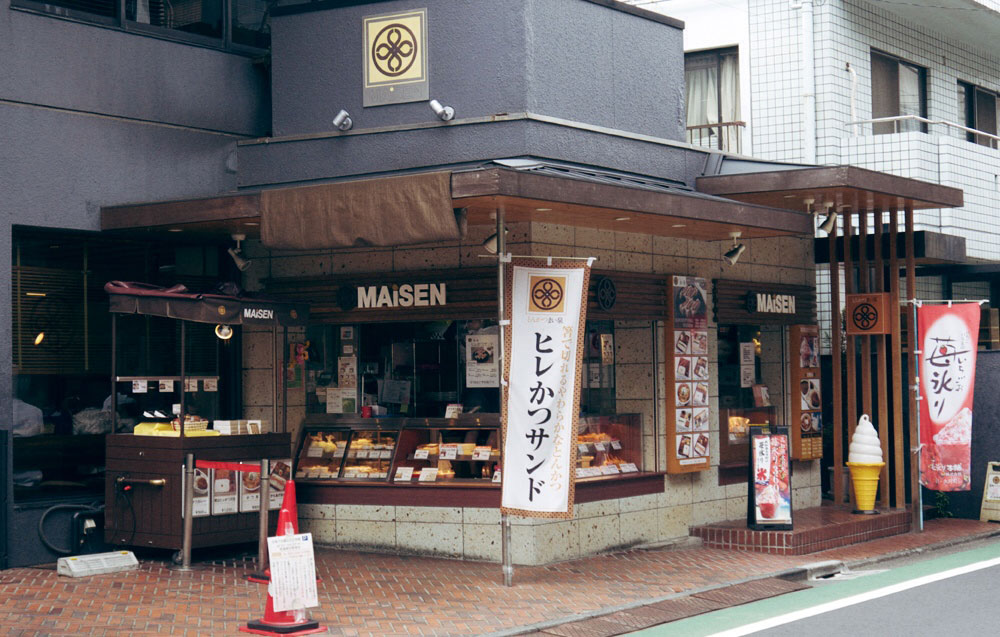
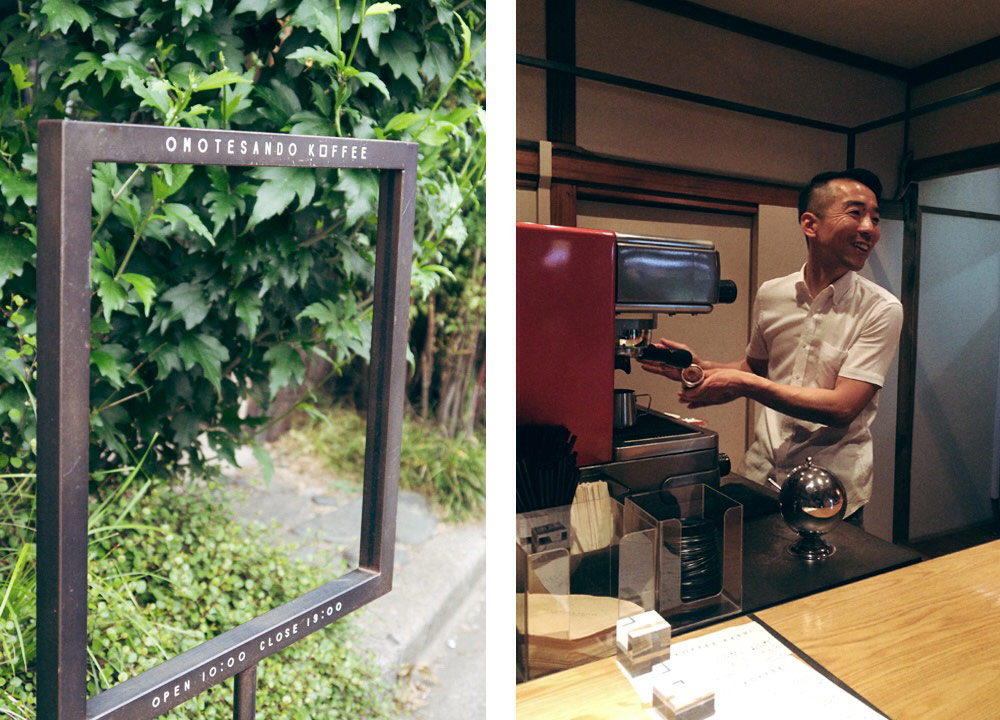
Our last days in Tokyo we hit up some old favourites like Tonkatsu Maisen for pork cutlets, and finally got to try the infamous Ometesando Koffee. It definitely lived up to its reputation.
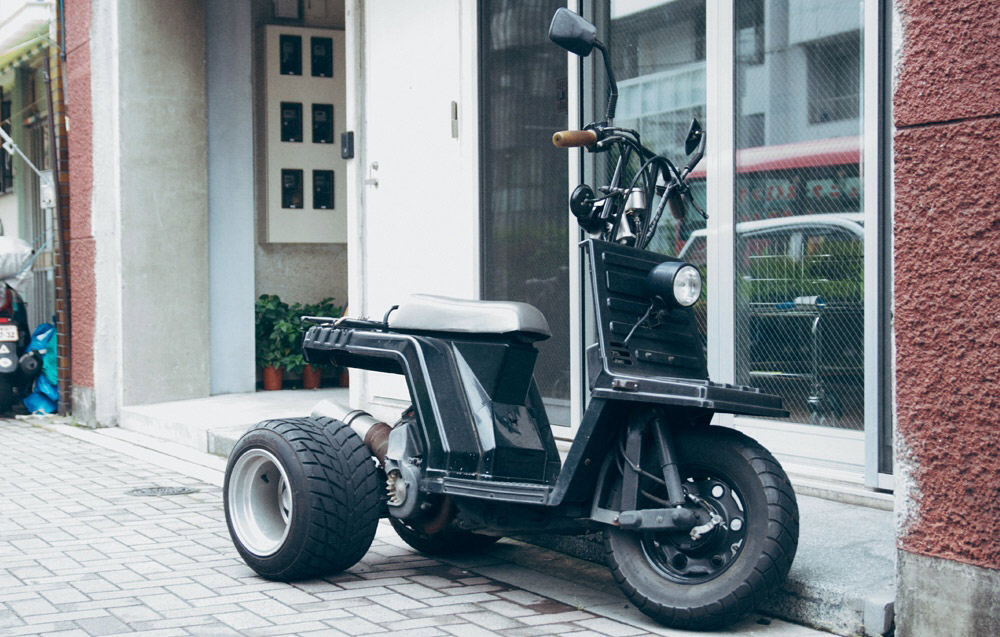

We also got a chance to hang out with Ryo and Yuma of Hender Scheme and check out their new company headquarters. Got a bit lost on the way until I recognized Ryo’s preferred mode of transportation!
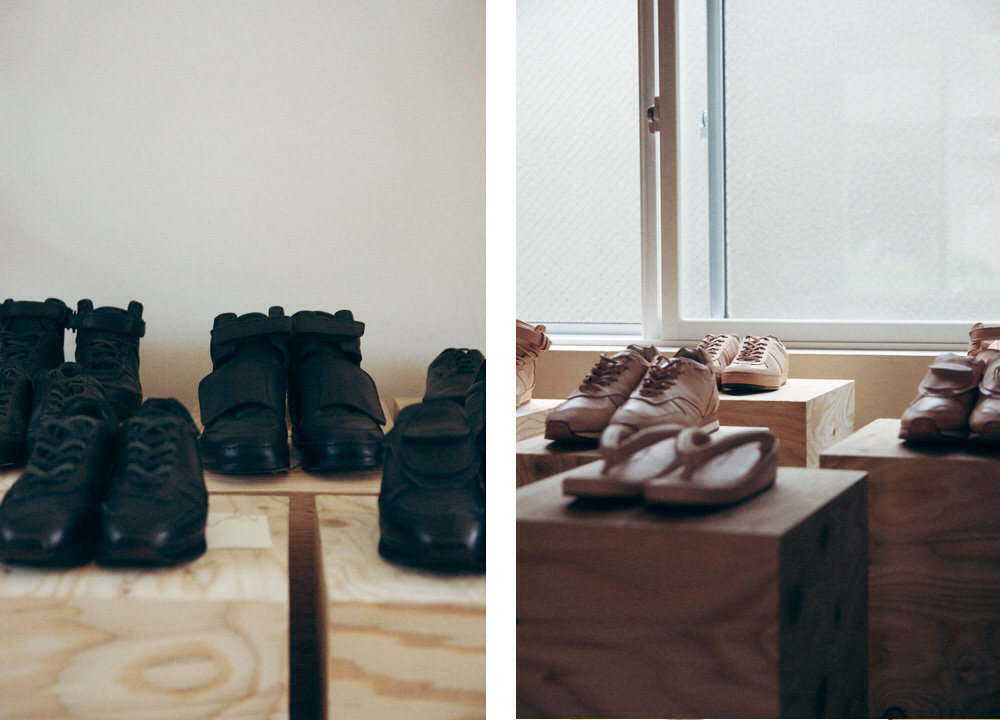
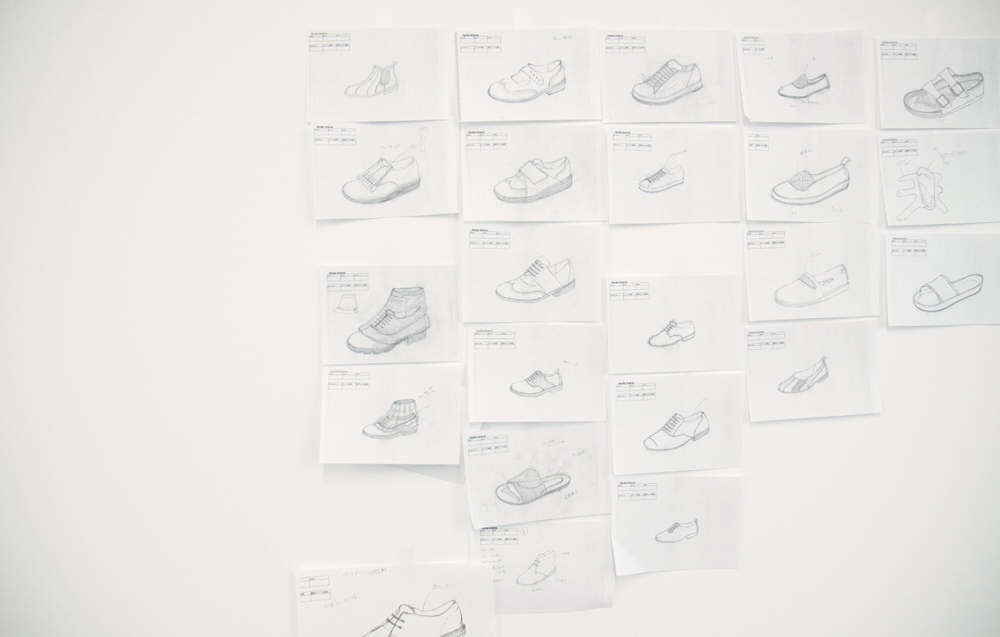
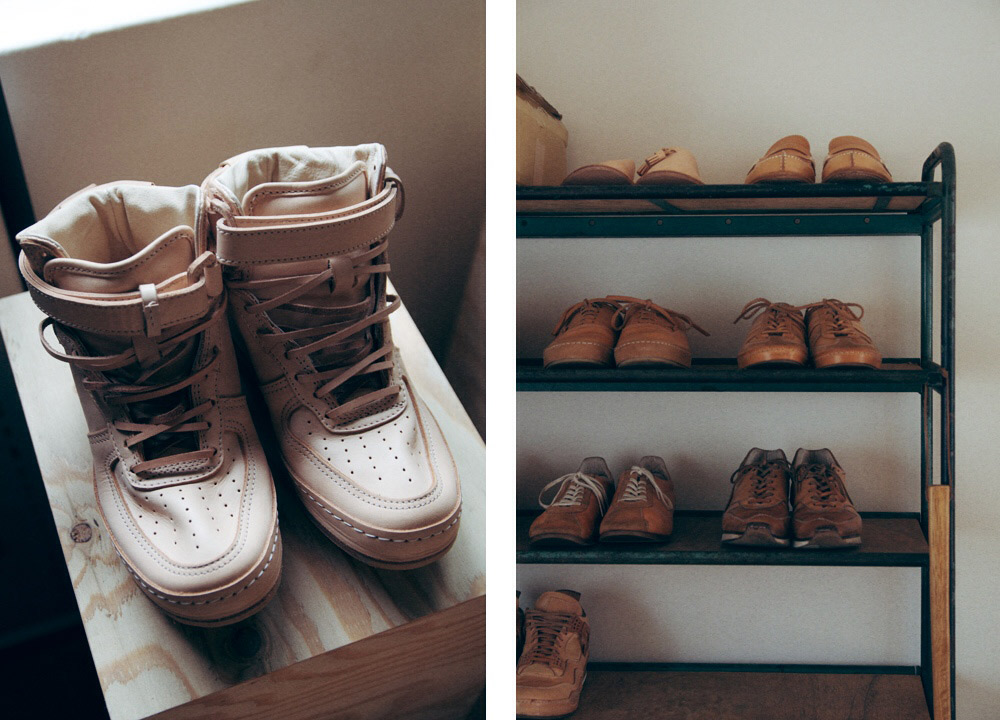
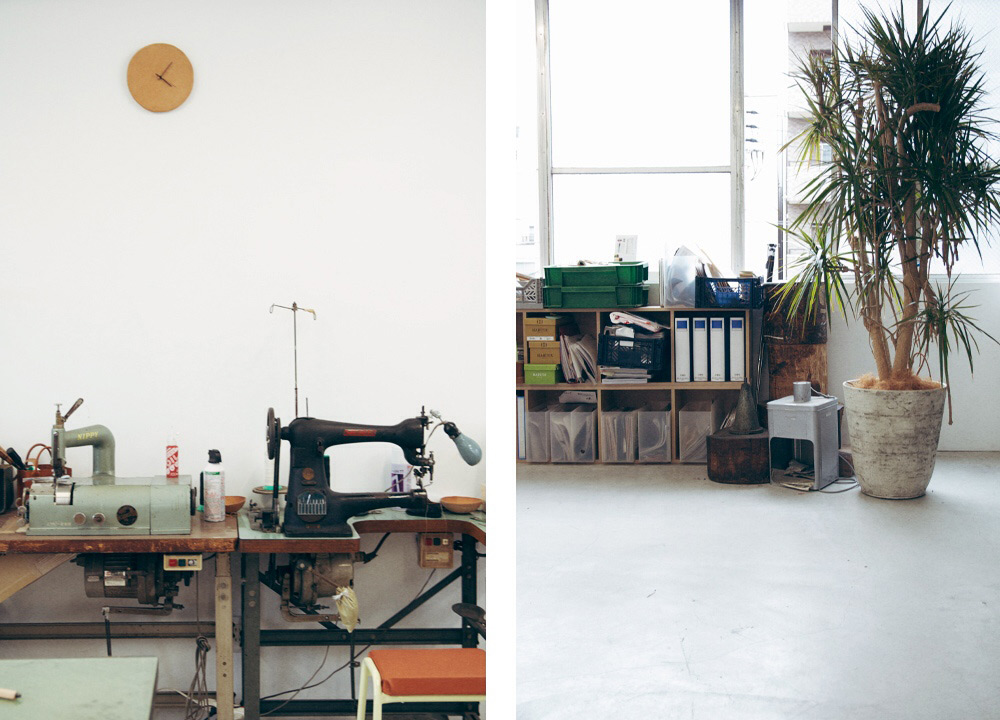
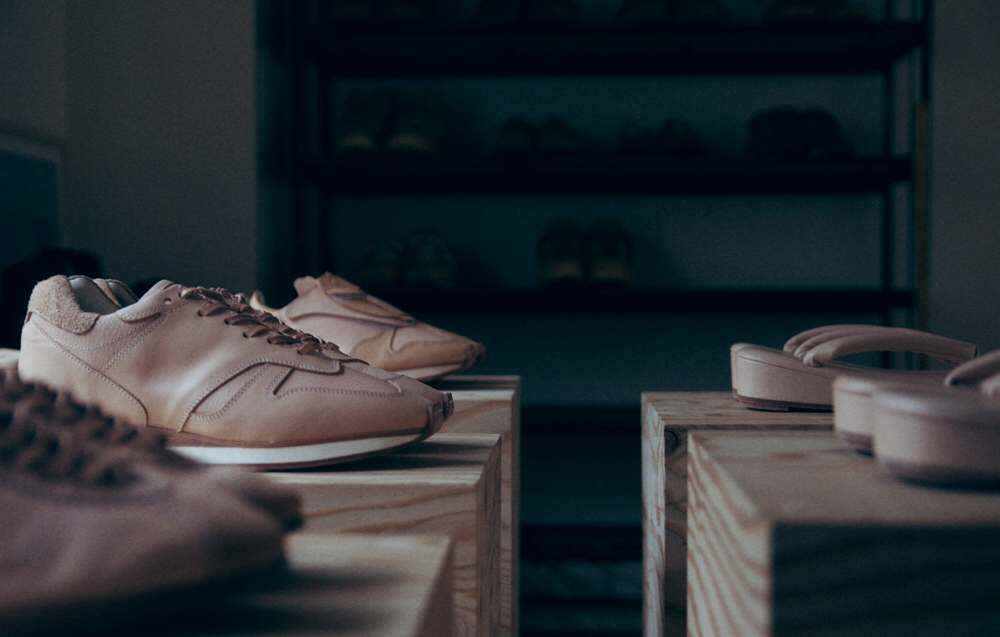
The new Hender Scheme headquarters is beautiful and full of the latest creations from Ryo’s signature footwear line to new product sketches.

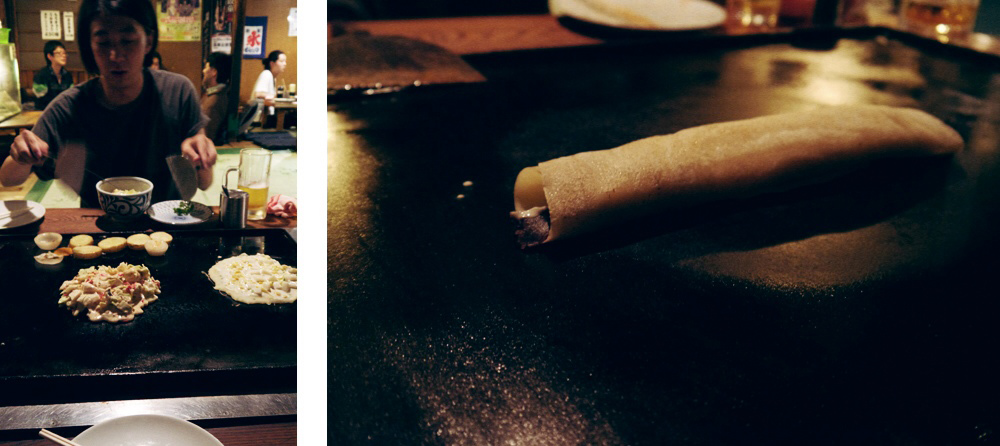
It’s always a great time with these two – they are total foodies and always up for some random wandering. After checking out the brand new Hender Scheme base and its view of the Tokyo Tower, Ryo and Yuma bring us to their favourite okonomiyaki restaurant where you cook up everything yourself on a giant hot plate. We loved it so much they brought us back on two separate occasions.
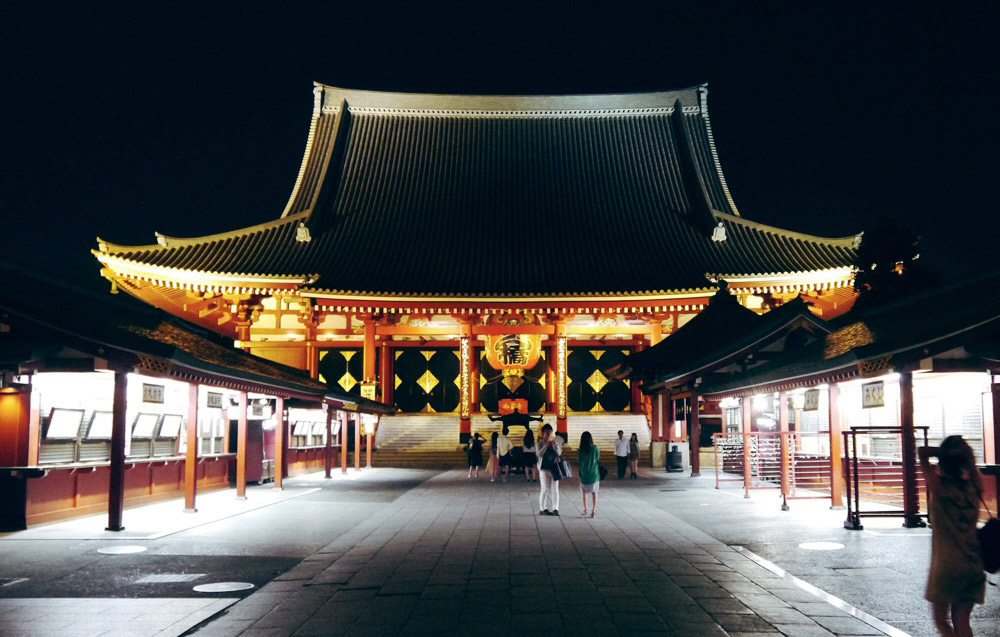
And for what’s starting to become an annual tradition, we head to the famous Senso-ji temple in the Asakusa district to get our fortunes read. Angy and I both get “good” fortunes.

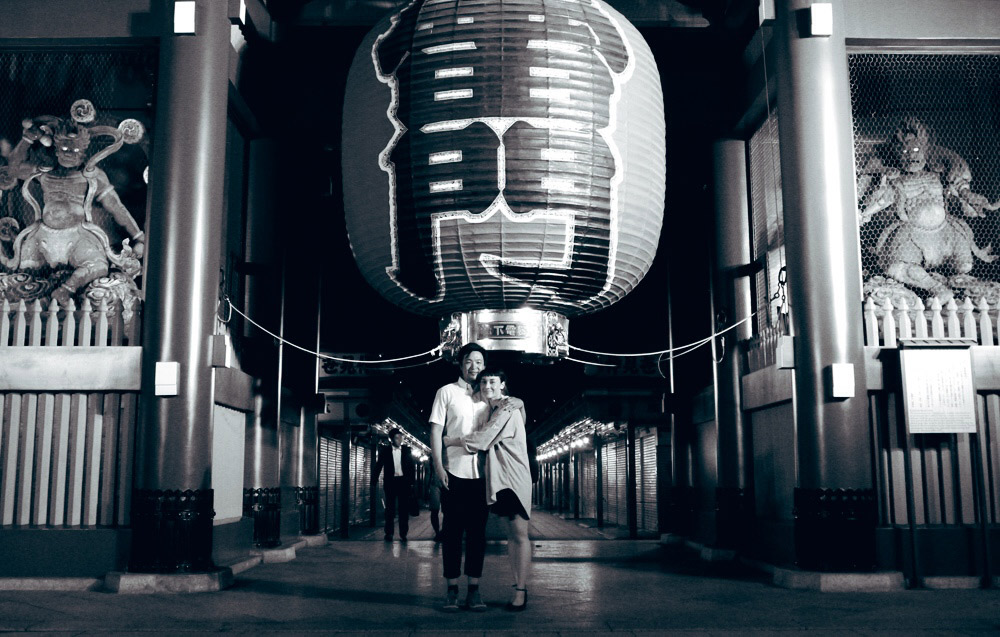
They are pretty basic – summarized predictions on small pieces of paper, but since we’re pretty superstitious, we obviously do not take them with a grain of salt. With promises of a good year ahead, we were ecstatic and ready to head back to New York, holding onto some awesome memories of Japan and good fortunes folded in our wallets.
More behind the scenes looks from our trips to Japan below:
– Journey to Japan, Part 1
– Journey to Japan, Part 2
– Traces of Japan


